The French GREKY: From Bombing to Gestural Painting
Moved youth in the suburbs of Paris and province
French GREKY was born in 1984 in Vitry-sur-Seine (94) near Paris and moved frequently in the Paris metropolitan area with his parents as a child. It was in Athis-Mons in the Essonne (91) where he met the style writer BOZE and TAMIZ in 1999 and started spraying graffiti himself. At that time he painted REOZ and ZEO and left simple style throw ups and tags in the urban space. He additionally tagged VAL like his fellow writers in the lower lying part of the hilly city of Athis-Mons, because Val stands in French as an abbreviation for Vallée, the valley. Thus, all the Writers in this area marked their territory with VAL. The writer ERKO/ERCO of the CP5 crew also had great influence at that time. GREKY met MIST’s little brother, with whom he became friends, and was often at their home. There he admired the canvases, t-shirts and sculptures of MIST, who was still young at that time. The pieces of the Parisian SEB of the FMK crew and the bombings of YACE also left a lasting impression on GREKY.
In 2001 GREKY moved to Nevers, in the province. There were already graffiti writers active there, and he met the style writer RWICK. The styles in the province in the rural environment were different and gave GREKY new impulses. In the beginning he painted ZEO until 2005, but from 2001 on he wanted to work with new letters and invented his current name IGREK. IGREK, YGREK stands here as a wording for the Ypsilon in French „I grec“. He sometimes varied with I sometimes with Y as initial letter or wrote this name in „verlan“ (slang, where word syllables are separated and put the other way around to form new words). Y-GREK then became GREK-I, to form KI-GRÉ and today GREKY.
Playing with the French language, besides his passion for graffiti, can be found as well in GREKY’s lyrics and rap songs. He started rapping and writing lyrics at a young age, another artistic discipline from the hip hop culture that he continues to practice today as well. Several songs and an album have come out of it. The lyrics are partly critical, ironic, humorous, playful and poetic and his flow is dynamic.
Through many encounters in the scene, there was a lively exchange for GREKY. By observing graffiti in different places and especially by the culture of making on the street GREKY was shaped and influenced in a lasting way. The styles were slightly different everywhere, whether in Paris or the distant suburbs where he lived, such as Vitry-sur-Seine, Choisy-le-Roi, Orly, Bourges and all around the province around Nevers. They all had certain characteristics and the rural space also required GREKY to rethink styles and the placements of pieces. From 2008 to circa 2012 he additionally painted a new pseudonym: PAPOT. The name is a derivation of the French verb “papoter”, which means to chat. GREKY wanted to paint playfully with new letters again and was tired of many people from the scene always chatting instead of making, and decided to spray this phantom pseudonym for a while. Then in 2011 he joined the crew PX (Provinciox, Planet X) as GREKY, active in the Nevers, Orléans and Tours area with the crew members RWICK, KIDEF, HOFS, Les Gens, La Fleuj, PASTEK, ROYA, OVALE, J.KEUZ, LEMAT and RATUR. Some years later, in 2020 ,GREKY moved to Toulon for a year, but then settled for good in Vannes, in Brittany, where he continues to live and work today.
Igrek, Nevers, 2007 ©Greky Ygrek, Bourges, 2008 ©Greky Greki, Cosne, 2008 ©Greky Papot, Bourges, 2008 ©Greky Igrek, Bourges, 2008 ©Greky Papot, Bourges, 2008 ©Greky Igrek, Nevers, 2011 ©Greky Igrek, Nevers, 2008 ©Greky Igrek, Cosne, 2011 ©Greky Igrek, Bourges, 2011 ©Greky Papot, Bourges, 2012 ©Greky Papot, Bourges, 2012 ©Greky Igrek, Nevers, 2012 ©Greky Igrek, Nevers, 2012 ©Greky
Style development
Through the many moves, new places of residence with various graffiti styles in the environment and new encounters, GREKY was stimulated to rethink graffiti again and again, to deal with it mentally and visually to reflect a new visual language for himself. At a certain point, the prevailing ego game in the scene was also annoying to him, and he wanted to break away more and more from conventional style writing. At the time, he kept painting in cycles with breaks in between, developing new forms. But the basis, like the tag and the fast throw up technique, the bombing, and its energy, can still be felt in his abstract works today. Not only the fast, dynamic gestural work with the whole body, but also the use of only one or two colors, such as chrome and black, continue to be extremely important in his artistic practice today. The simplicity of the colors and reduction of the palette challenge the line management, the stroke, so that it must sit. Too many colors, according to GREKY, only distract and sometimes have a fireworks effect, which he dislikes because it tends to make a piece illegible and distract from the essence of the lines. Moreover, GREKY always works without a sketch, he doesn’t own a black book, and even if he sometimes draws an idea on paper, it is only temporary and extremely rare. In addition to the spray can, since 2008, he also uses acrylic paints and rollers to paint, emphasizing how important and what a great feeling it is to feel the wall directly with the roller. There is a resistance, allows you to grasp and feel the wall structure, to feel the tool, a handling and feeling hat is not possible with spray cans.
In 2016 an important stylistic change takes place in GREKY’s work. During this time he painted a series of pieces and wall paintings with rounded shapes. His i and the dot evolved into a bubble style form, which invited him to round off and alienate all the shapes of the letters. He also used only one or two colors that he had available at the time. After this phase he started a new series with the new pseudonym “25ème”, which he continues to paint until this day. The name is the allusion to the 25th digit of the epsilon in our alphabet. The Y is the letter that sits in the middle in his last name. GREKY perceives the letter Y as balancing, bringing equilibrium: “As a lowercase letter, it runs downward and brings a certain dynamism to the word. The Y has a majestic side, I think. It’s enthroned. It’s self-sufficient, like a stilt, it stands upright, without any support.”
In this series, “25ème,” GREKY abandons color and focuses on black and white. The letters are still partially legible, but they get deformed more and more into pure forms, sometimes with independent bars across the image, but above all with more and more dynamic features. The series represents a transitional phase to his current abstract works, to gradually detach himself from the letter forms and concentrate on the spontaneous-gestural lines, thanks to the use of only one color, the black. Thus, vivid and instinctive dark lines are created and strong contrast is generated through the use of additional white.
The spontaneous and free in today’s practice
Today the autodidact artist works alternately on the wall or in his studio. With only a vague idea of a balance of forms, he works spontaneously and in the moment. He also relies on serendipity for this. The term serendipity, occasionally also named serendipity principle, refers to a chance observation of something originally not searched, which turns out to be a new, surprising discovery. Similar, but not identical, is the expression lucky coincidence. Serendipity emphasizes an investigative activity beyond that, an intelligent inference or resourcefulness. And this is exactly what GREKY is working with today. Through found objects or coincidences and accidents during the painting process new ideas arise, which he then picks up and exploits further. By chance, he discovered, for example, the mop as a painting tool to paint large areas, which he uses today both on the wall and on canvas or fabric. With the spray paint silver chrome, for example, a color that has the texture to cover everything, no matter what color the background or the wall has, he painted on black fabric, creating a special texture and contrasted effects leading to sensual abstract works.
The artist usually works on several works at the same time in the studio. With a daring idea in advance, he paints spontaneously and briskly on the floor, on lying large-format canvases or fabrics. Through the use of the body and painting around the canvas, a kind of dance, choreography around the work is created in his eyes. With the rhythm of the gestures, the corporal moves around the canvas and the spontaneous work, his work is anchored in action painting and close to performance. Exactly this approach he also conveys as a workshop leader to young people and adults in his workshops on abstract painting and thus shares the positive and liberating experience of action painting.
GREKY’s abstract works of recent years are originally anchored in graffiti writing, but show strong references to lyrical abstraction, gestural abstraction and informal art. Described as an excessive form of painting by him today, he puts emotion into this painting process above all. Highly concentrated, he allows himself to be guided both by instinct and by chance, and each spontaneous quickly created stroke, each form is not correctable and thus instantly final.
For the creation of small-format series in the context of exhibitions, he painted on large-format canvases, which he then cut up afterwards. He describes each start of a new series as a great incentive, which he then completes constantly and in one go. After these intensive creative phases on canvas in the studio, however, he then again feels the urge to paint outdoors on the wall, in order to paint there even more freely and for the temporary, and in order to find again new inspiration for the studio works. GREKY believes that through graffiti writing he has emancipated himself and works partly more freely than some visual artists. Nowadays, unfortunately, young artists often lose the craft, the savoir-faire that takes time to mature, says GREKY, and yet he finds this fast-moving time in which we live extremely interesting, because even in the graffiti field at the interface with contemporary painting a lot is created and innovation is always happening.
Euchonm, Avec Woozmoon, Acrylique Sur Mur, 7X5m, Vannes, 2021 ©Greky Kendrem10, Aerosol Sur Mur, 6X4m, Vannes, 2021 ©Greky Greky, Vannes, 2020 ©Sebastien Le Gourrierec Idéaldè04 avec Woozmoon, Acrylique Sur Mur, 6X4m, Vannes, 2021 ©Greky Srdpt1003, Aerosol Sur Coton, 92X73, 2019 ©Greky Srdpt81, Aerosol Sur Coton, 80X120, 2019 ©Greky Greky, Vannes, 2019 ©Maks Leyso Srdpt1000, Aerosol Sur Coton, 30X40, 2019 ©Greky Kendrem, Acrylique Sur Mur, 5X3m, Vannes, 2020 ©Greky Kendrem02, Acrylique Sur Mur, 6X4m, Vannes, 2020 ©Greky
959 views
Categories
Tags:

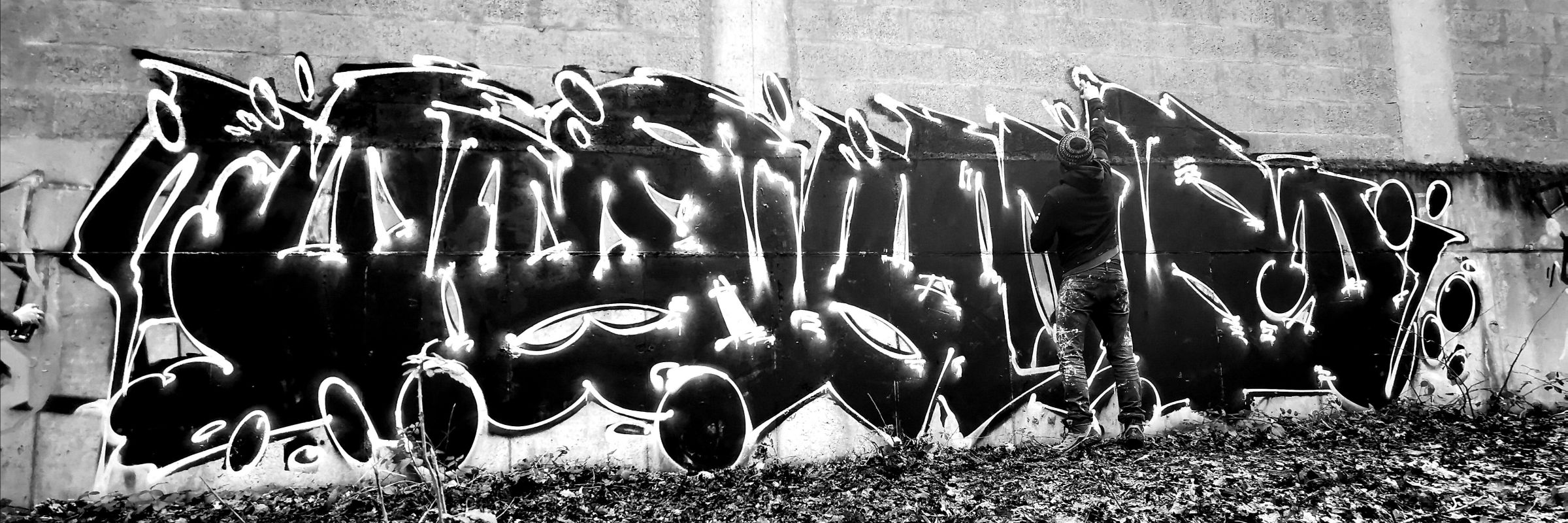
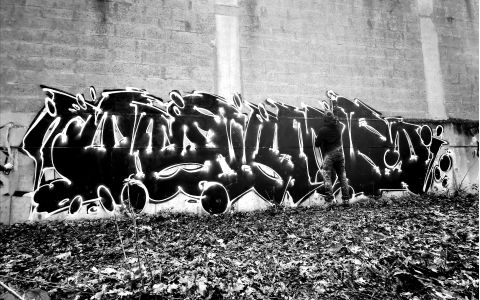
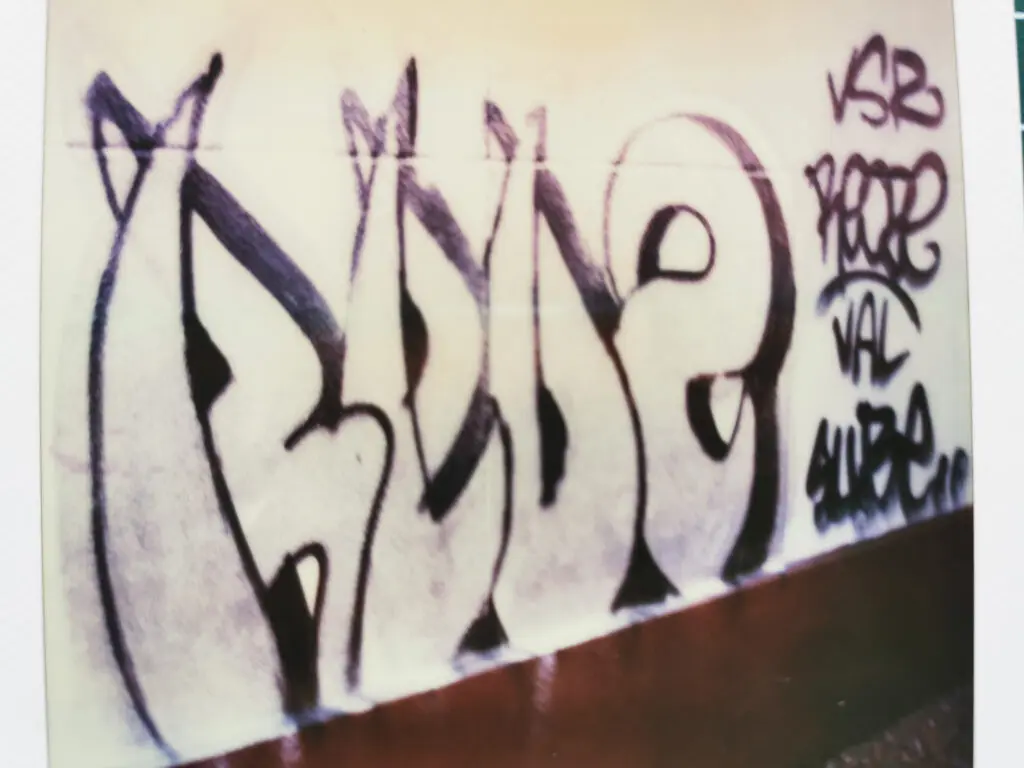
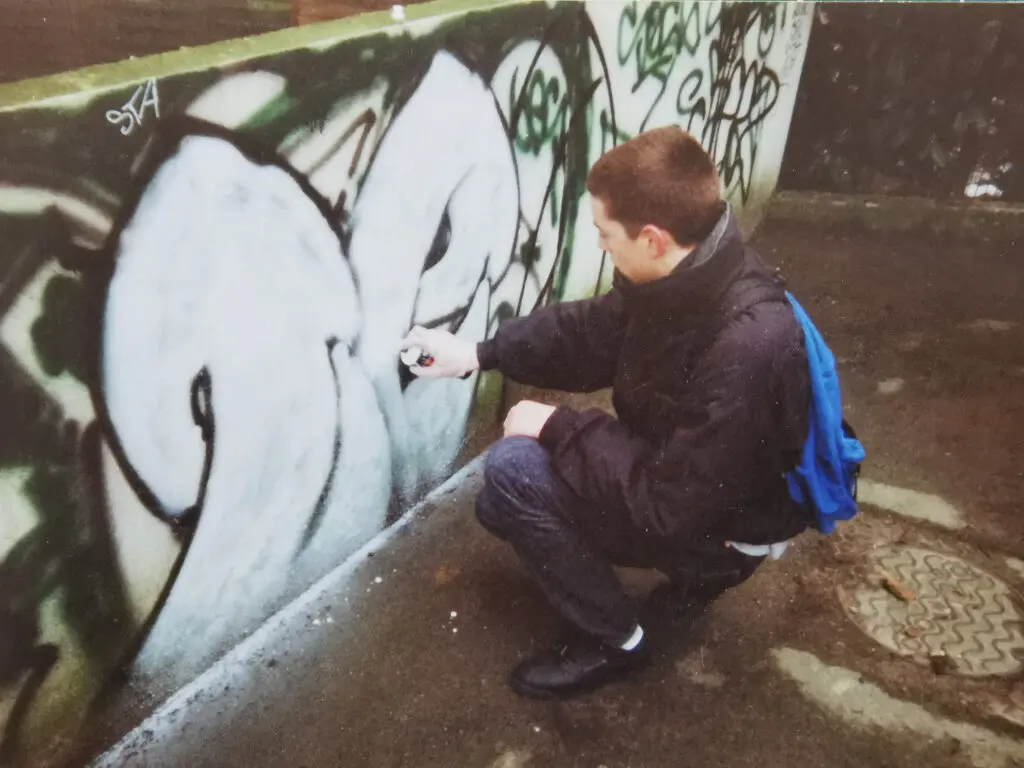
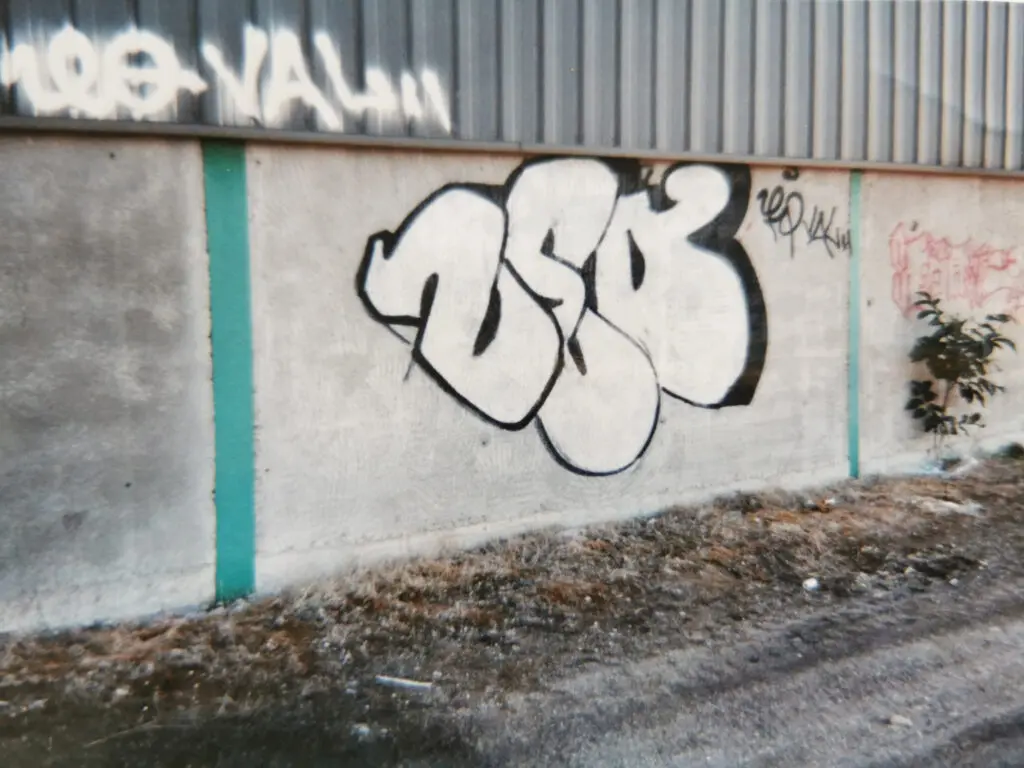
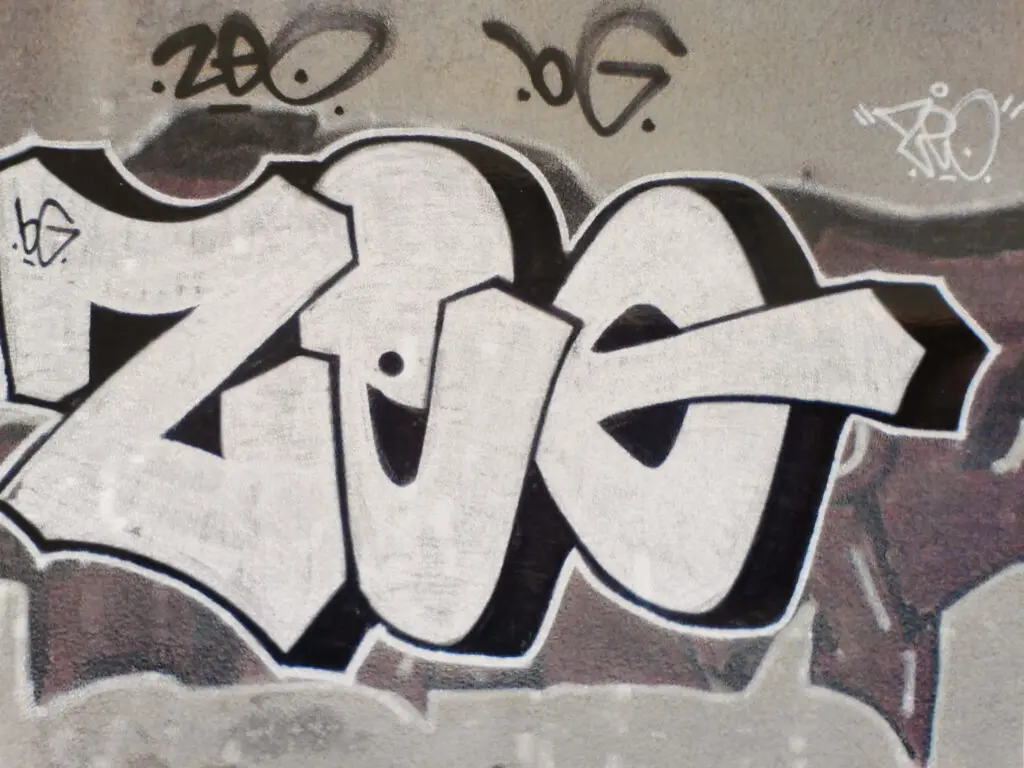
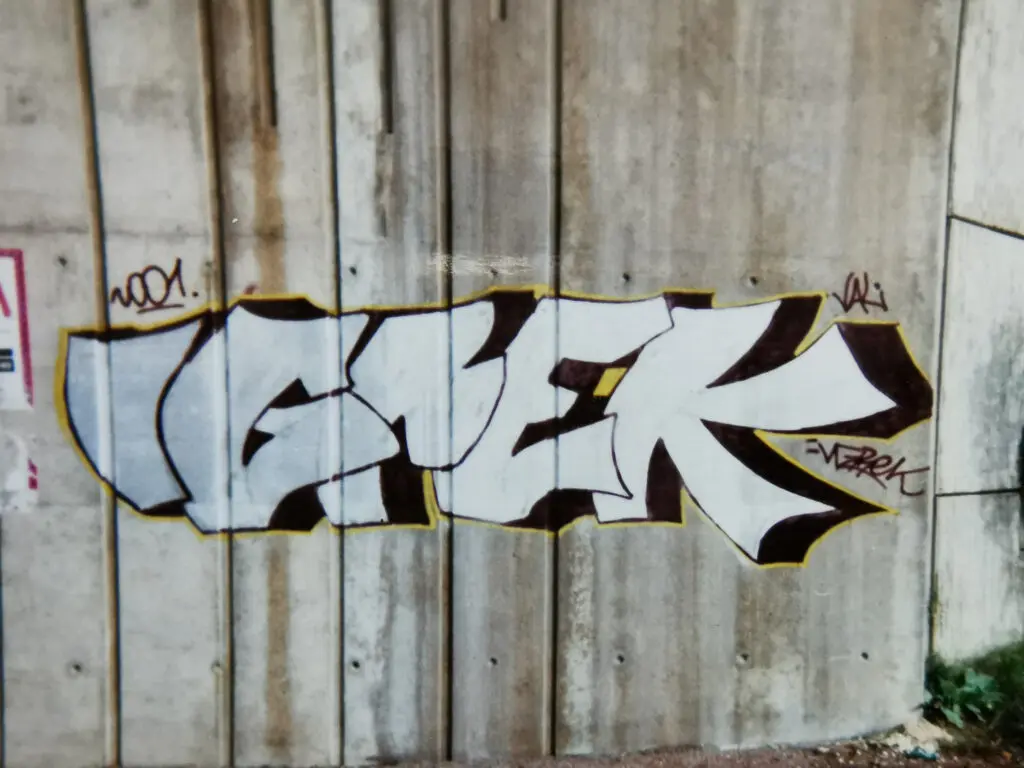
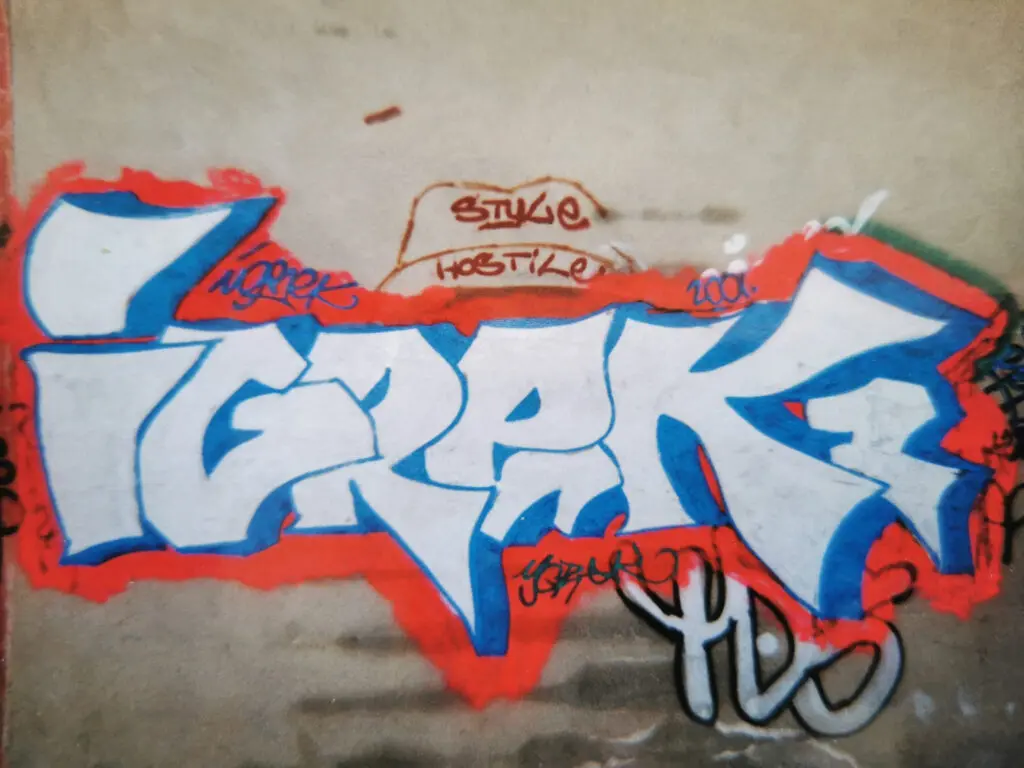
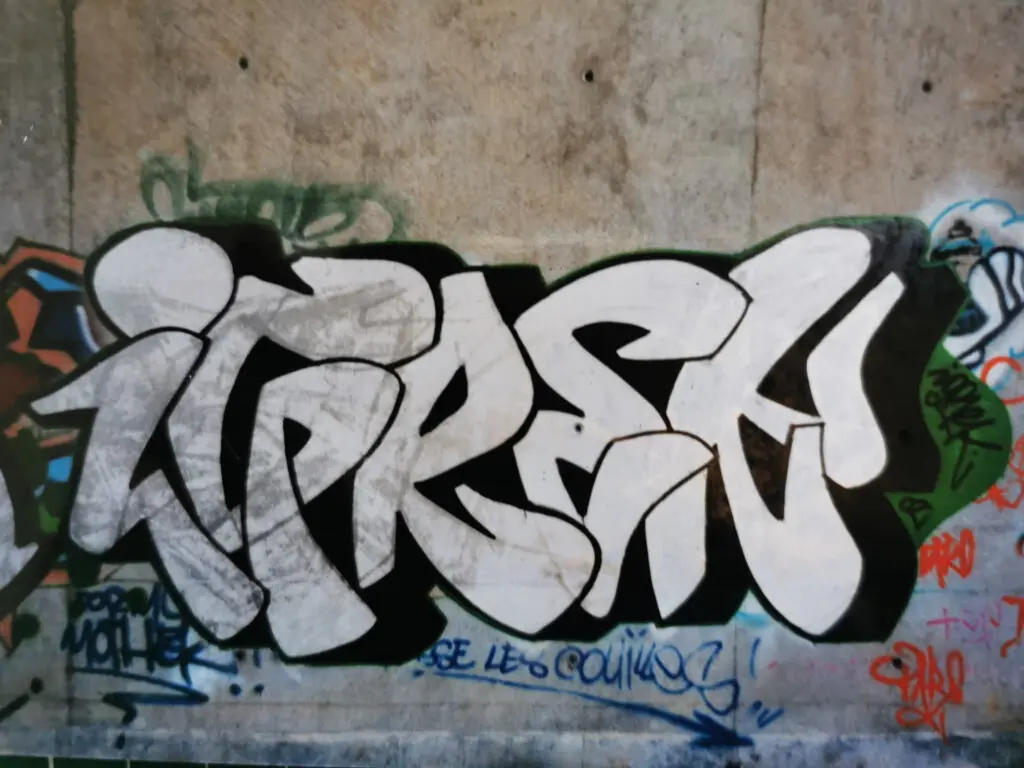
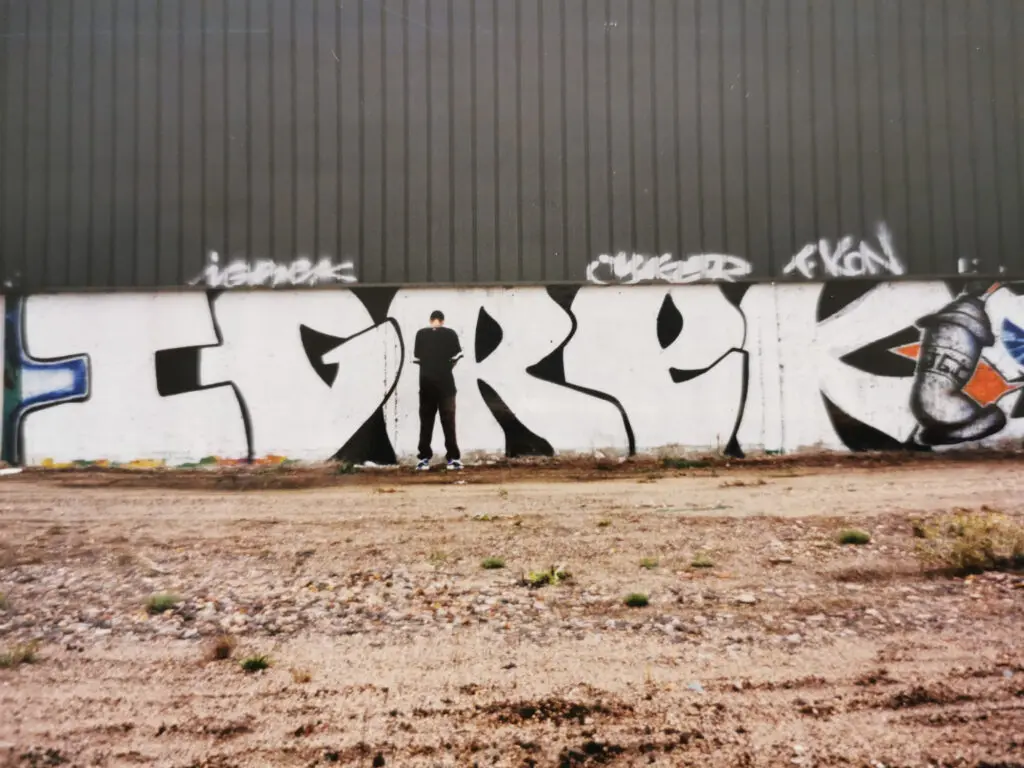
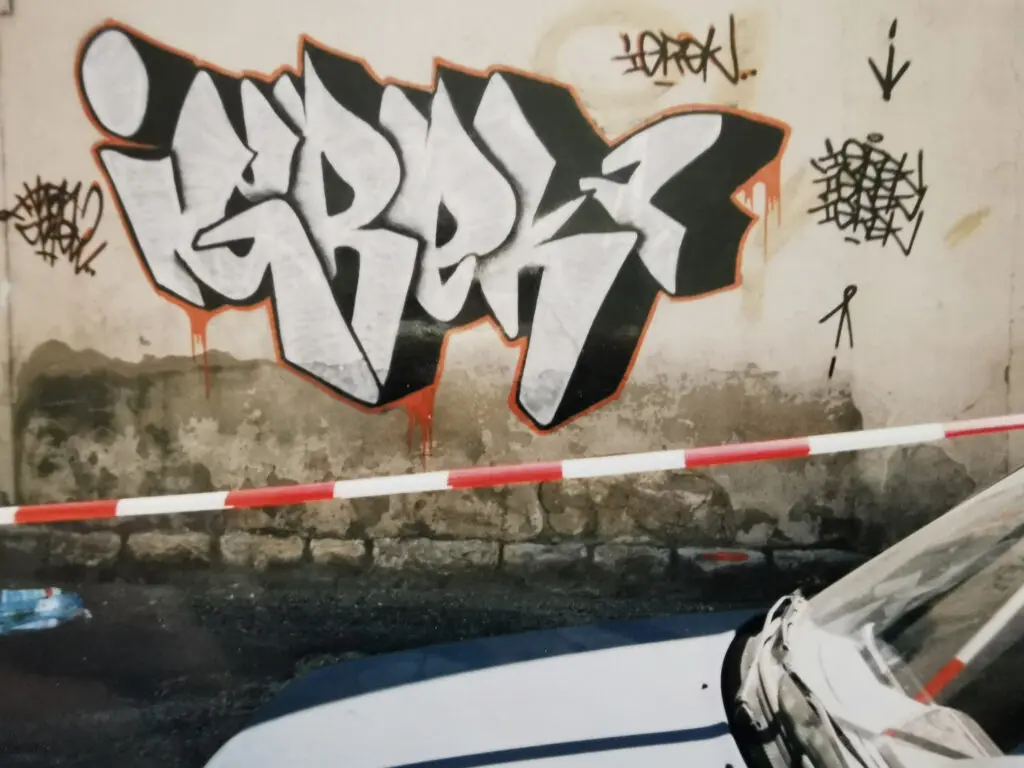
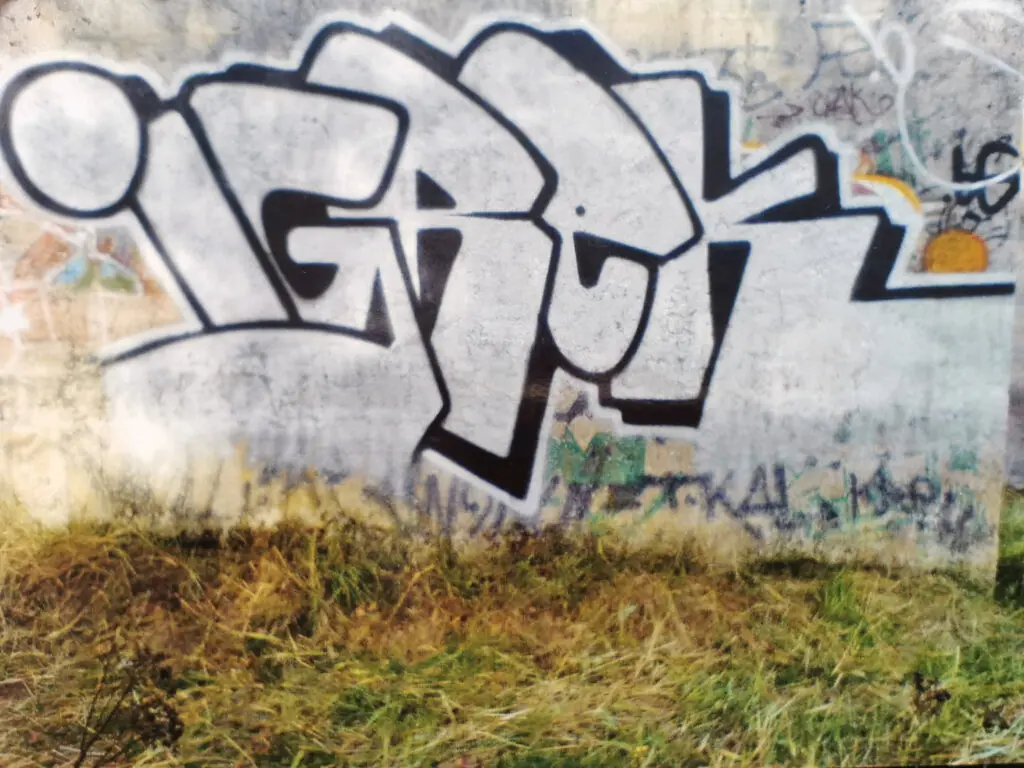
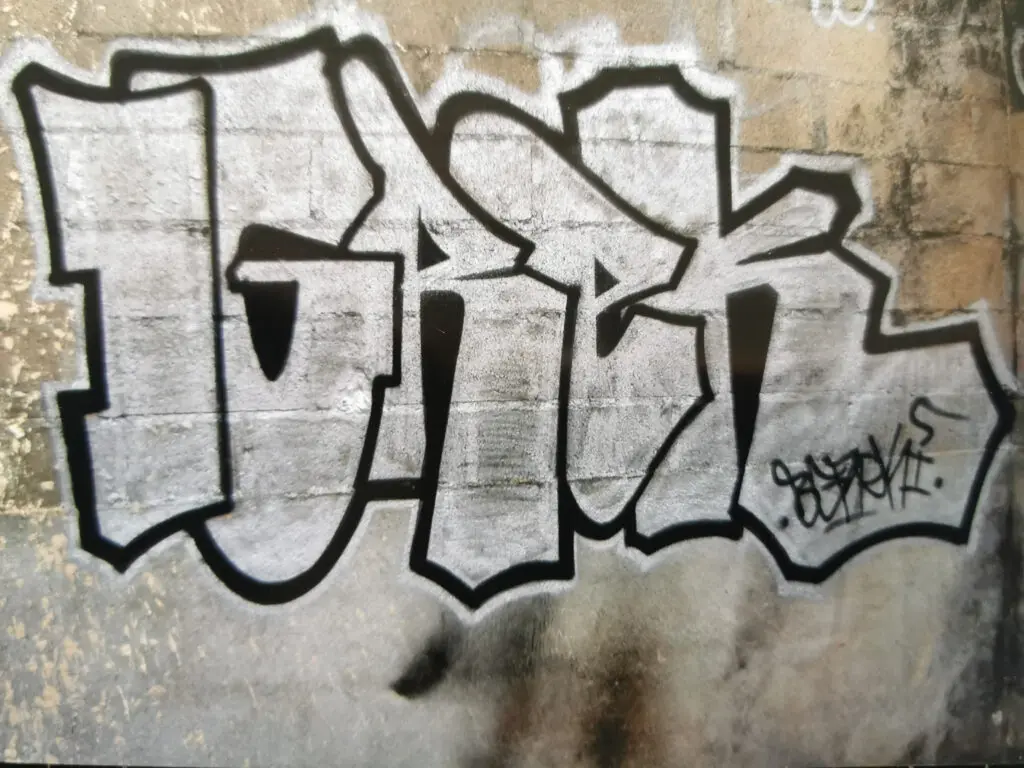
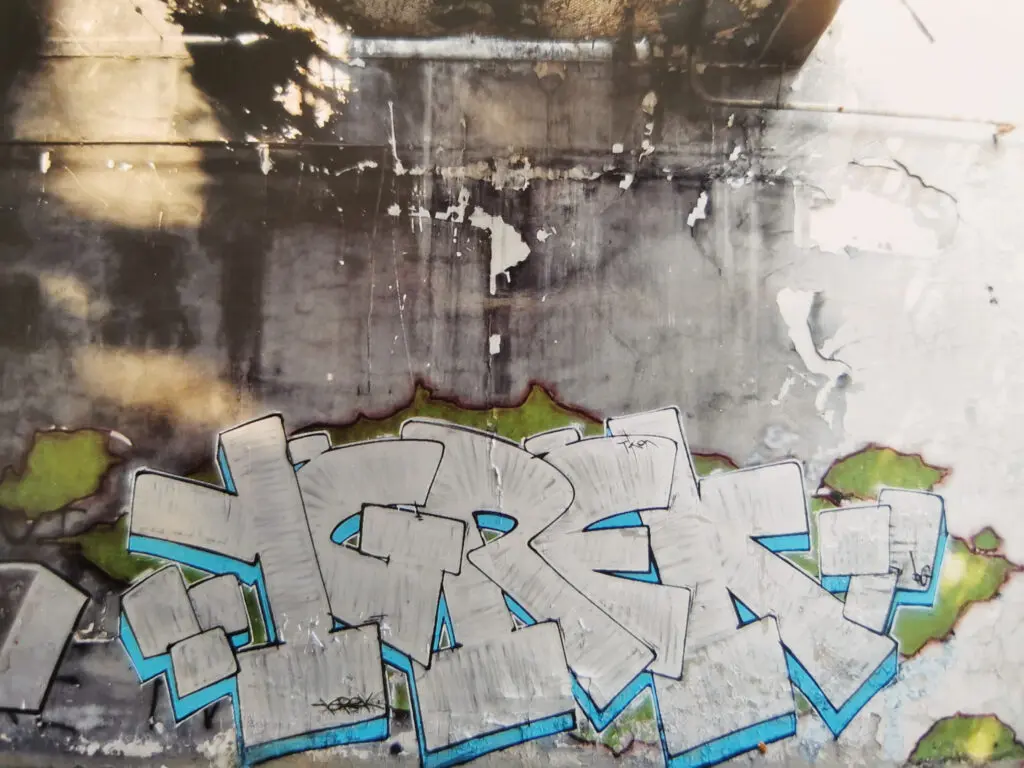
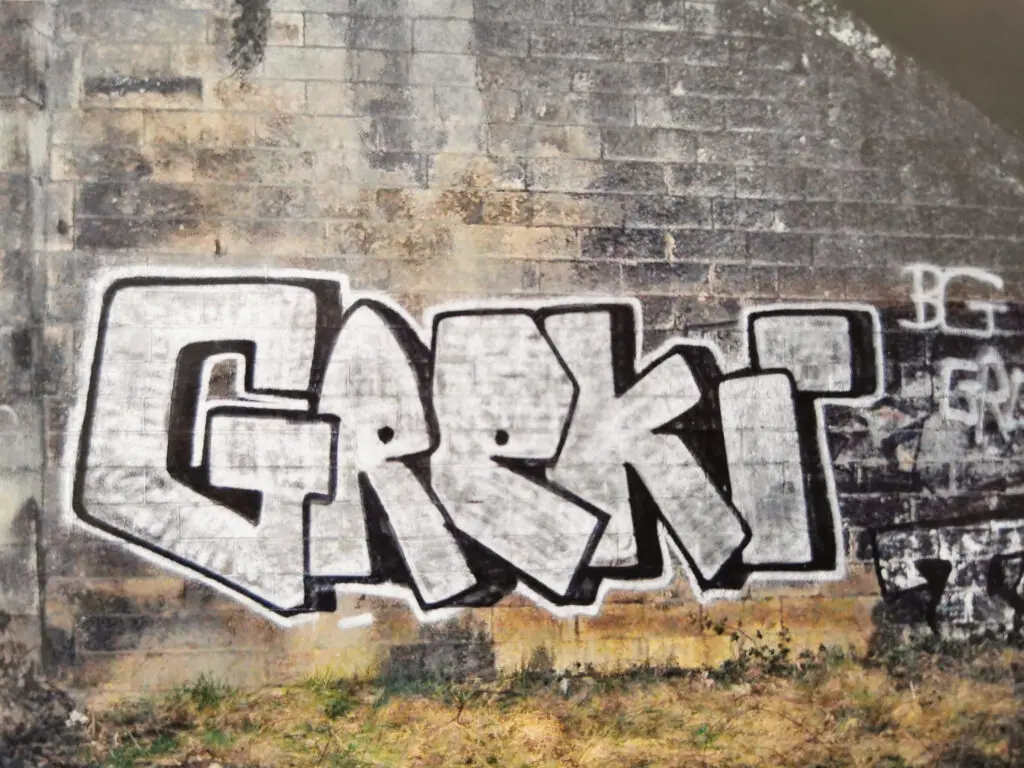
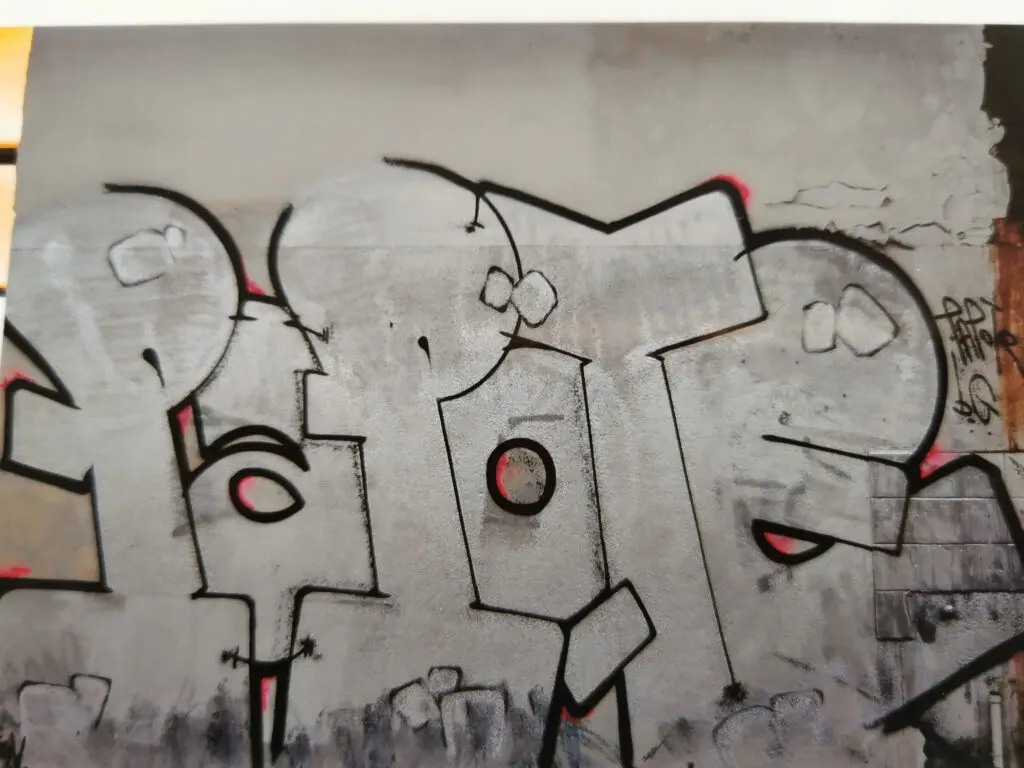
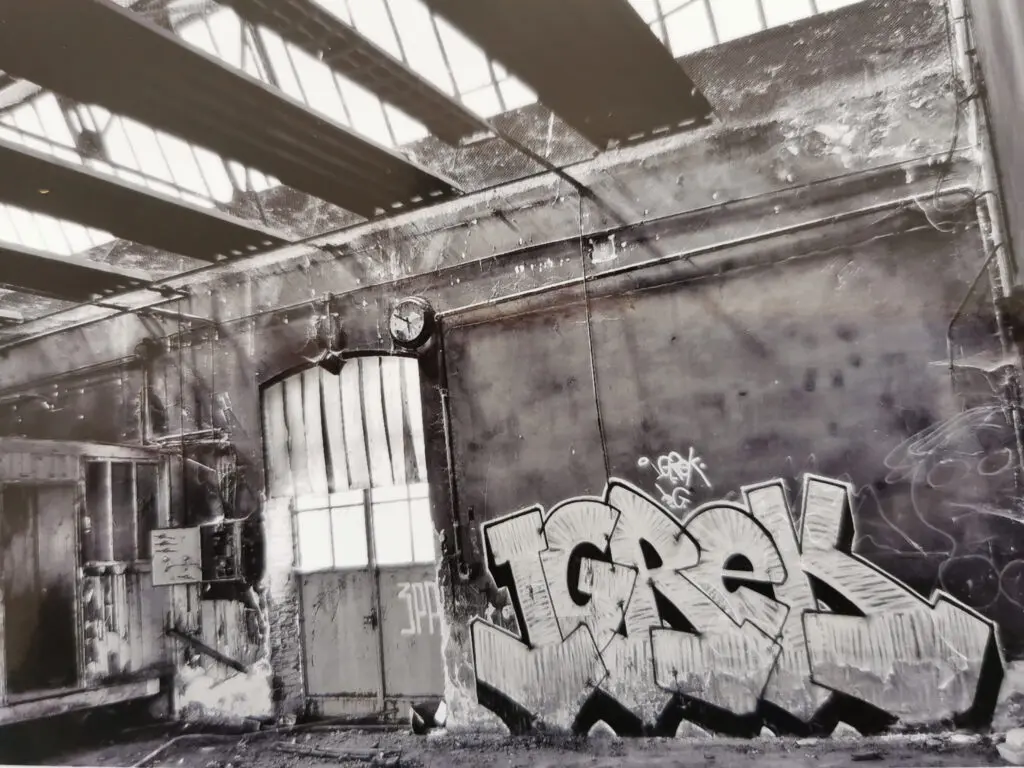
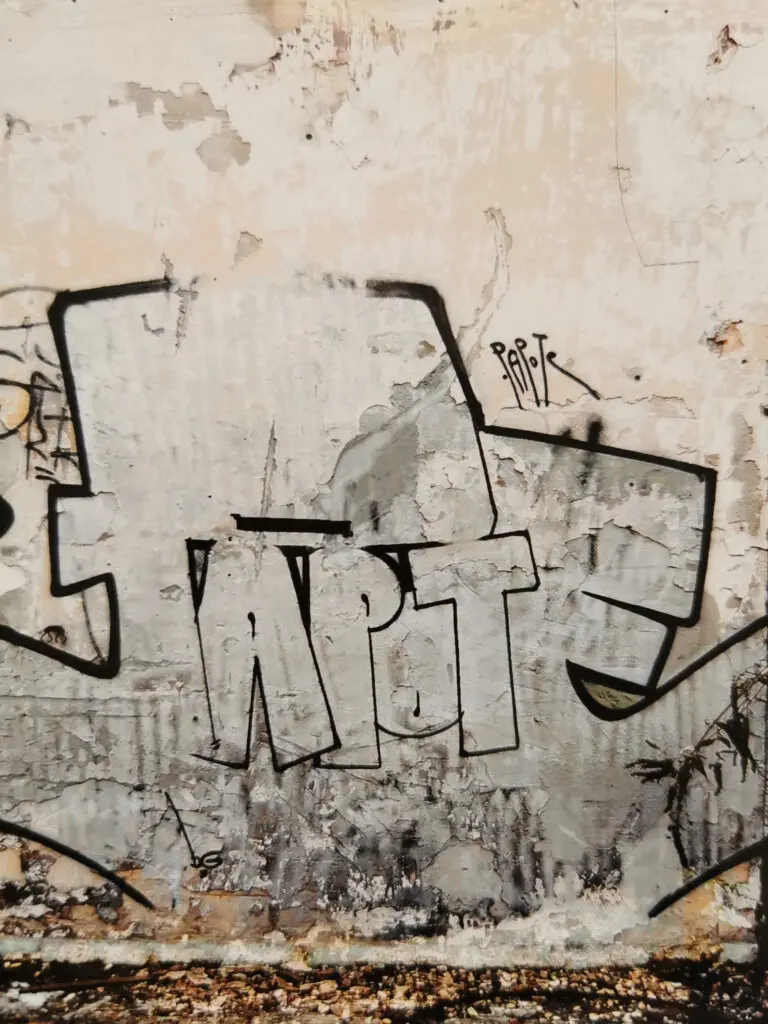
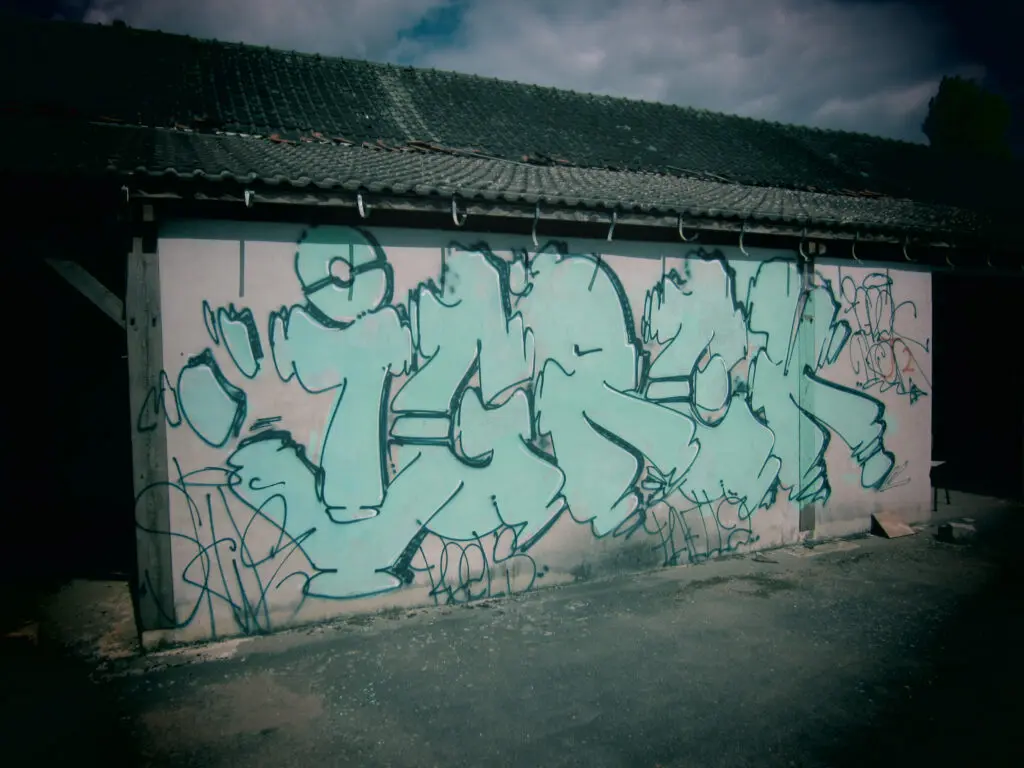
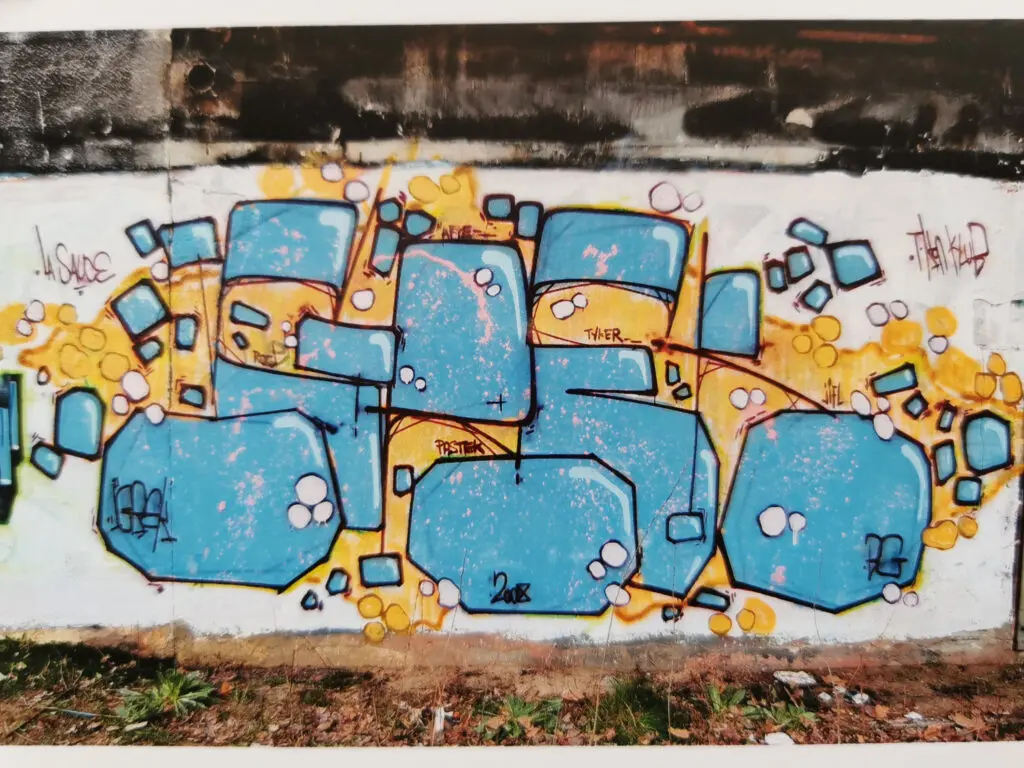
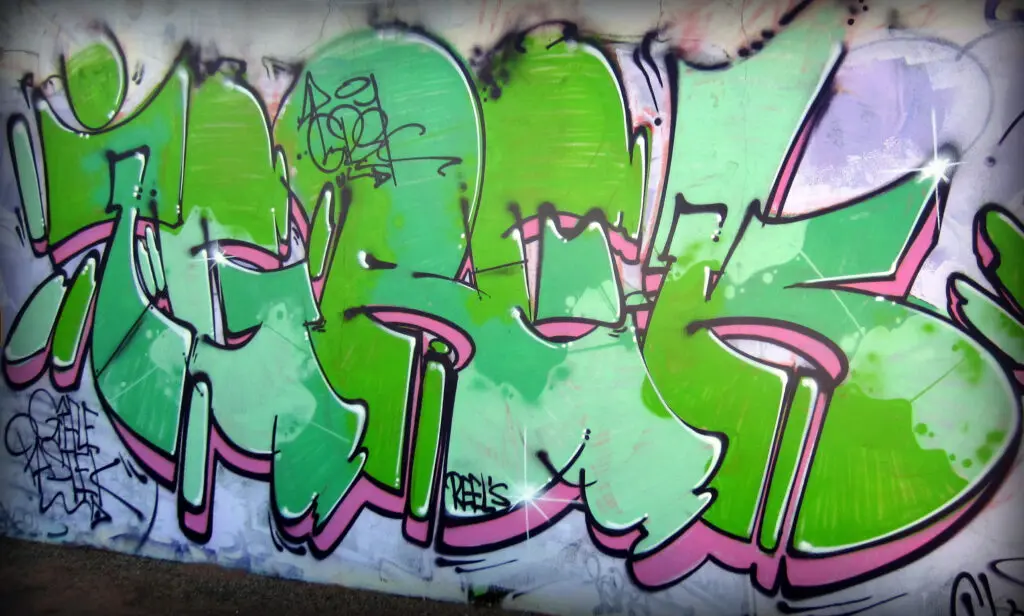
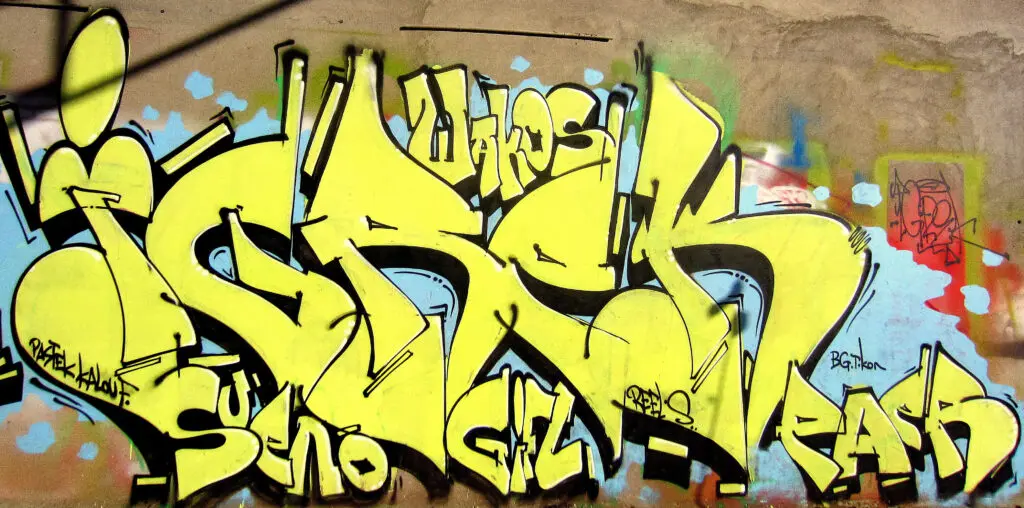
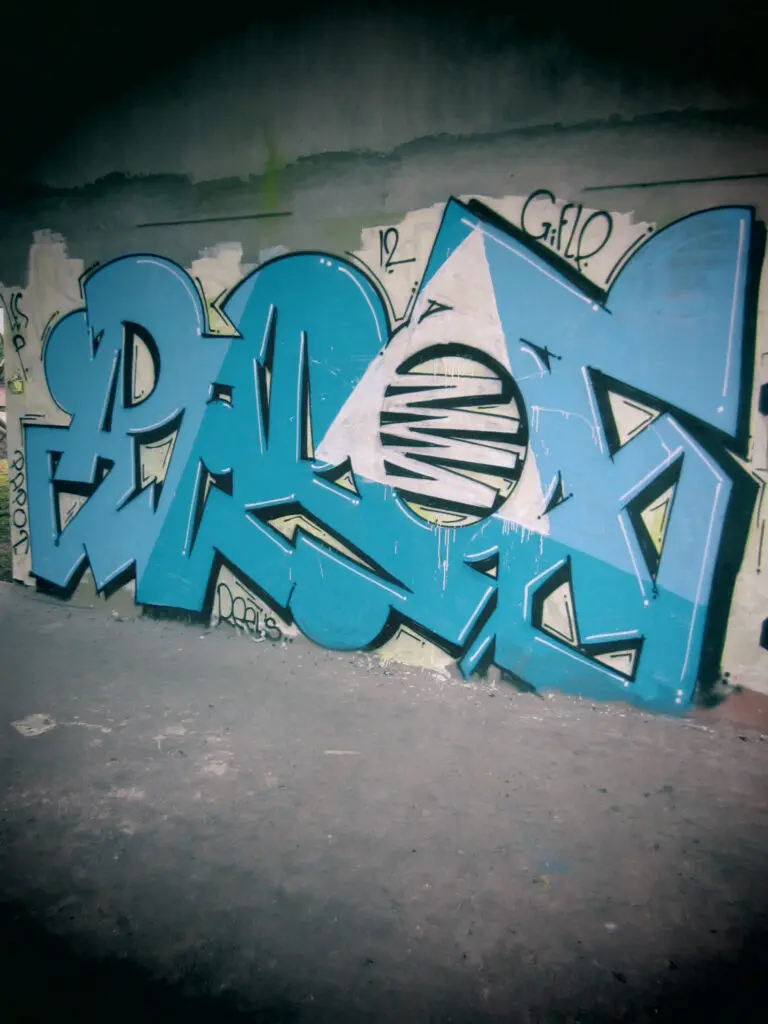
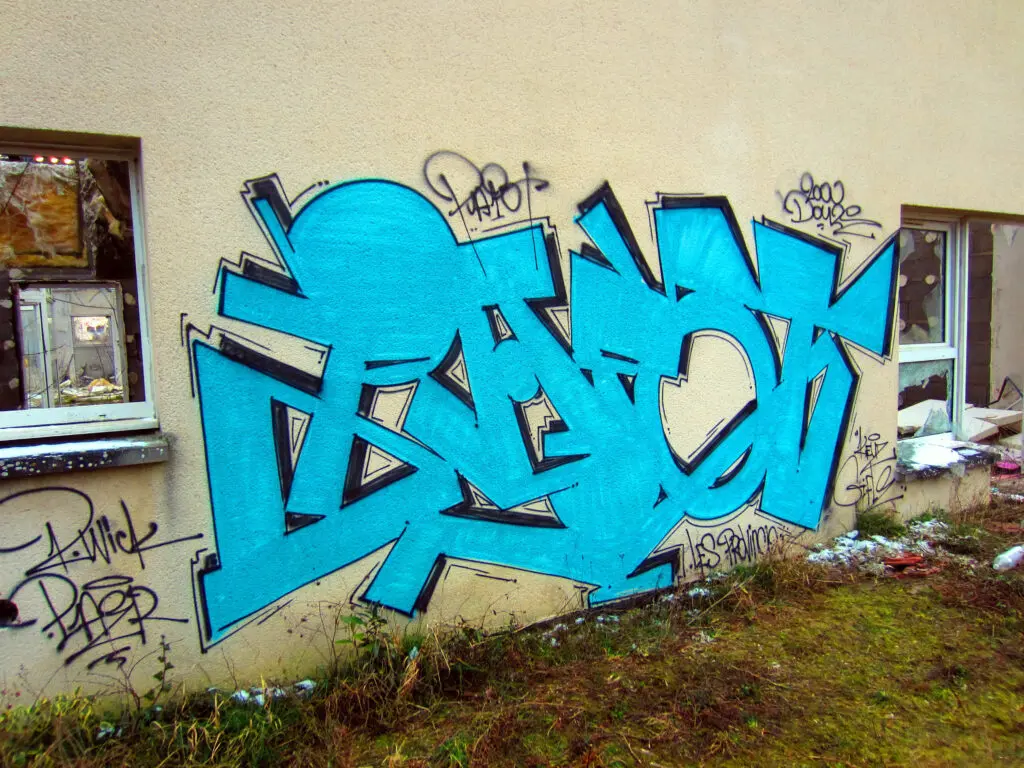
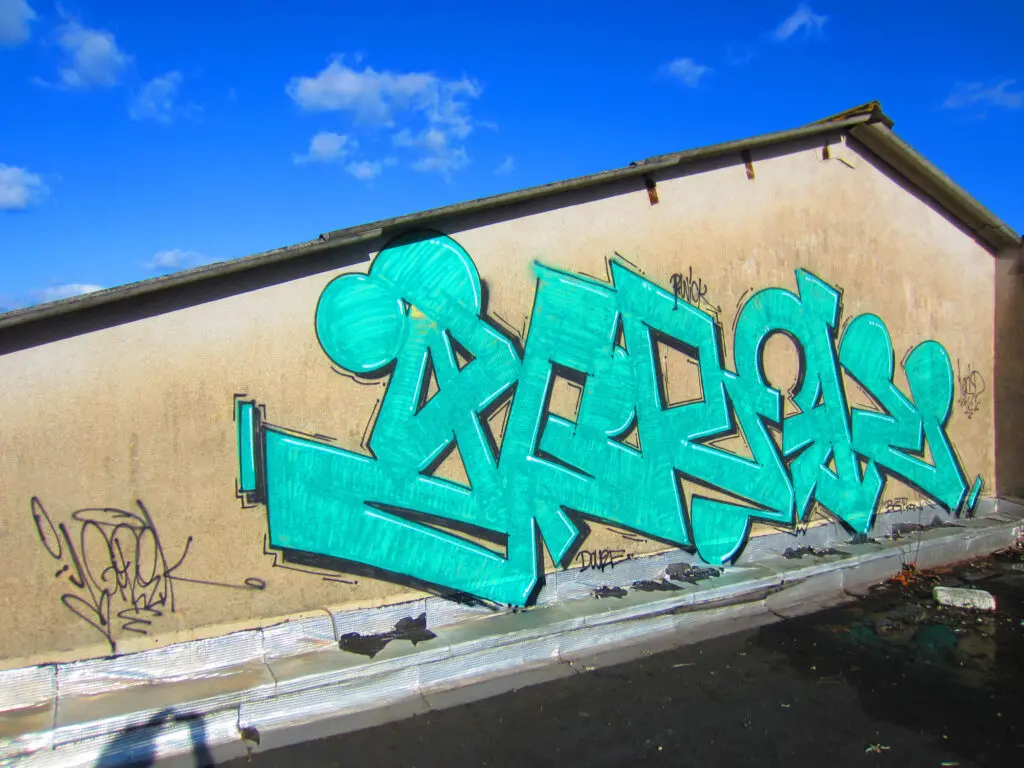
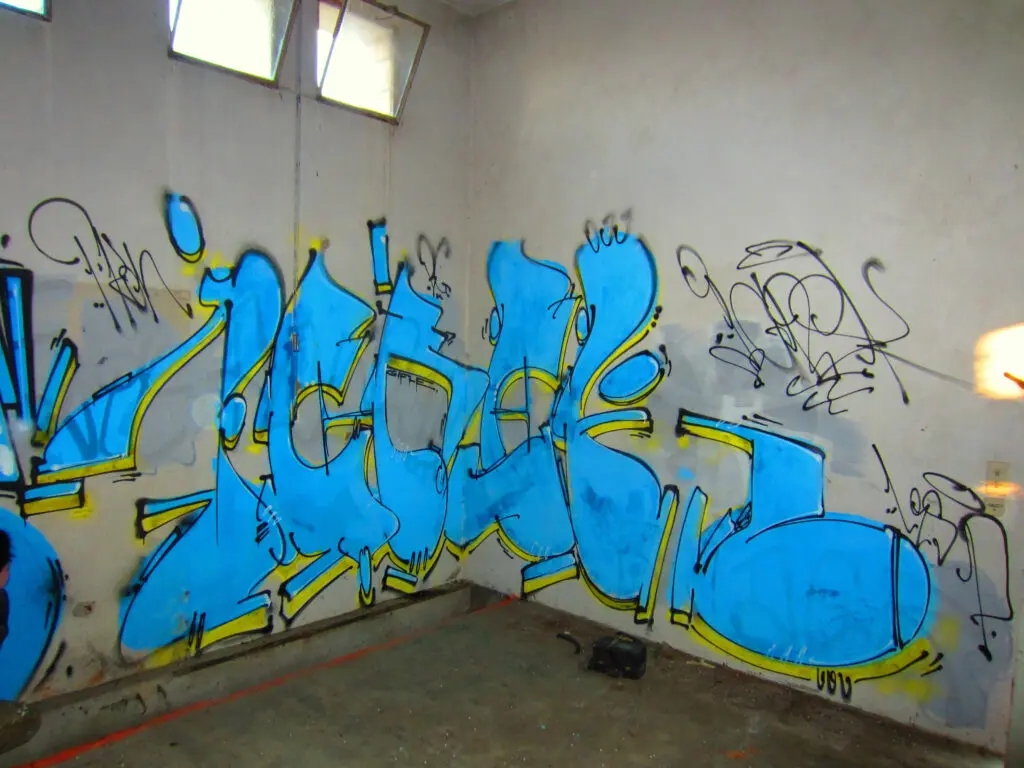
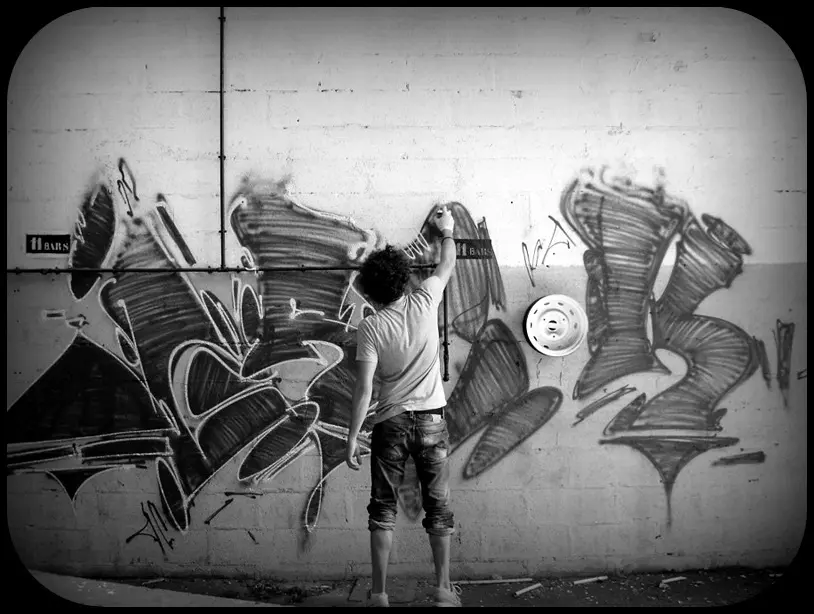
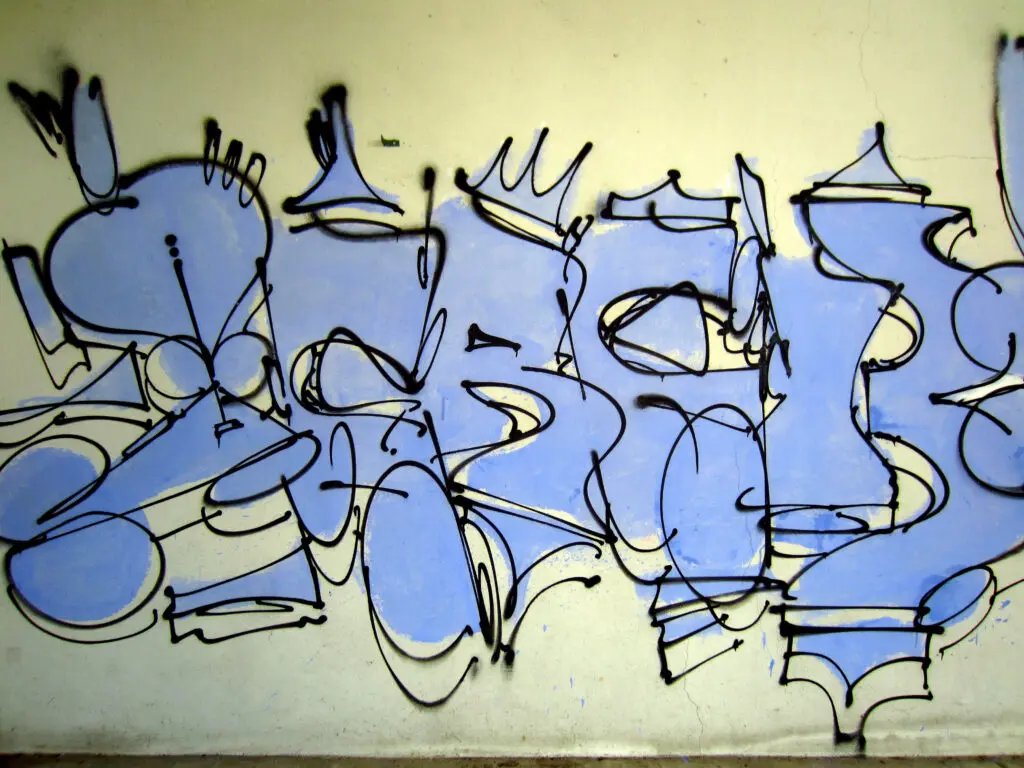
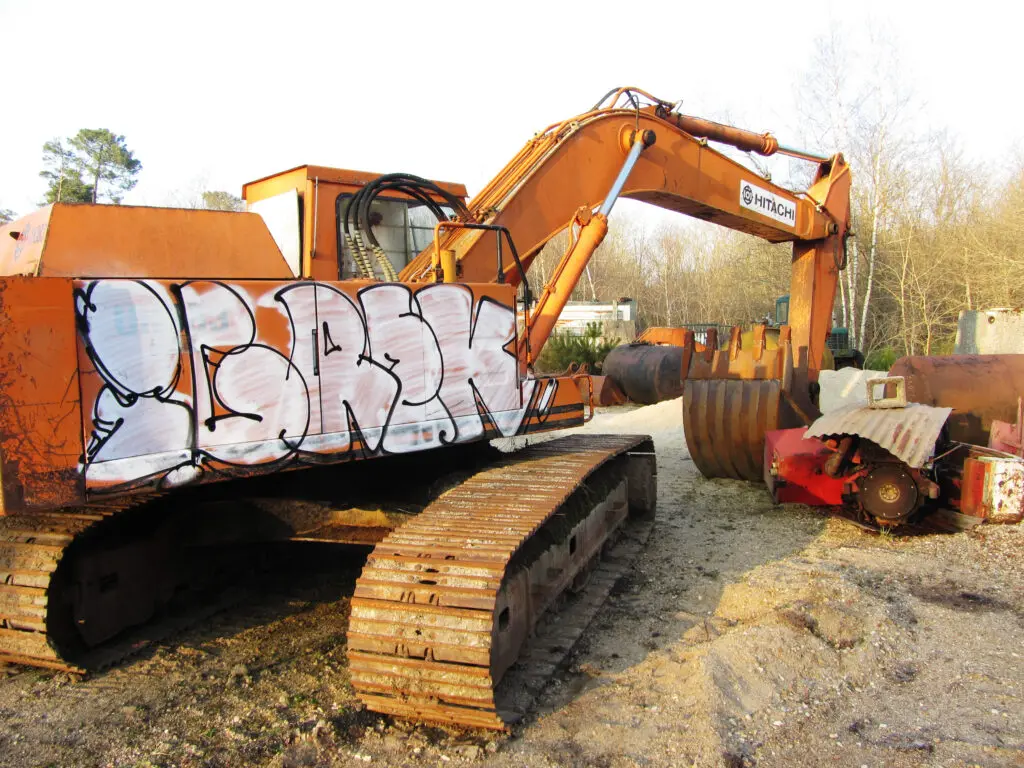
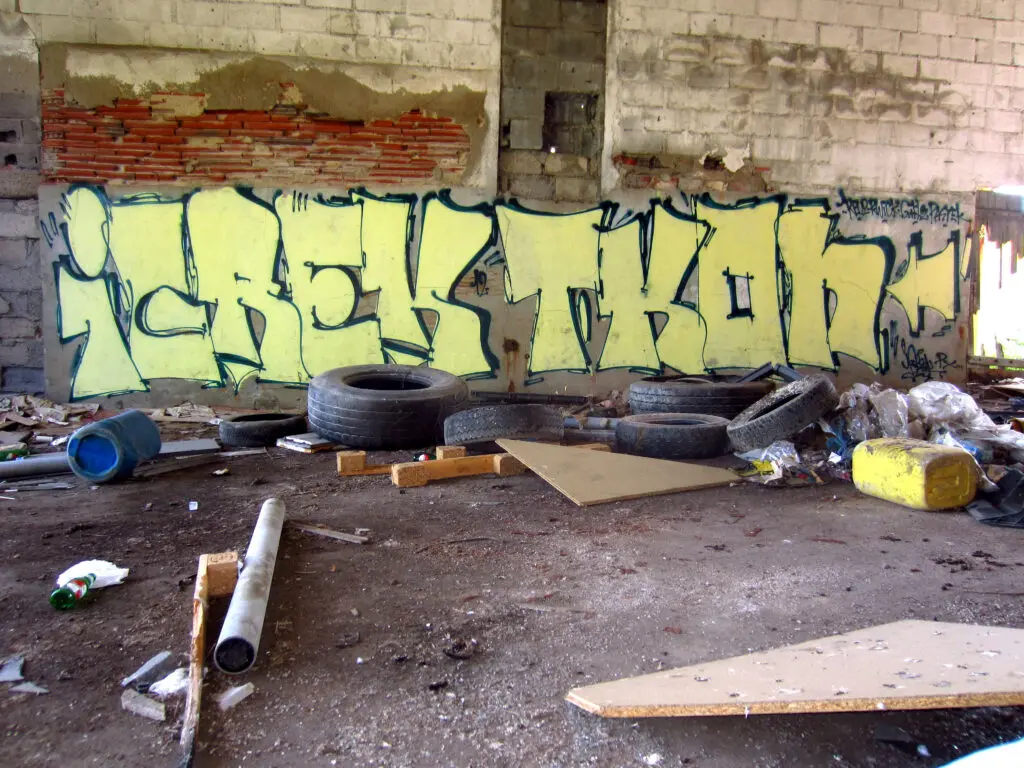
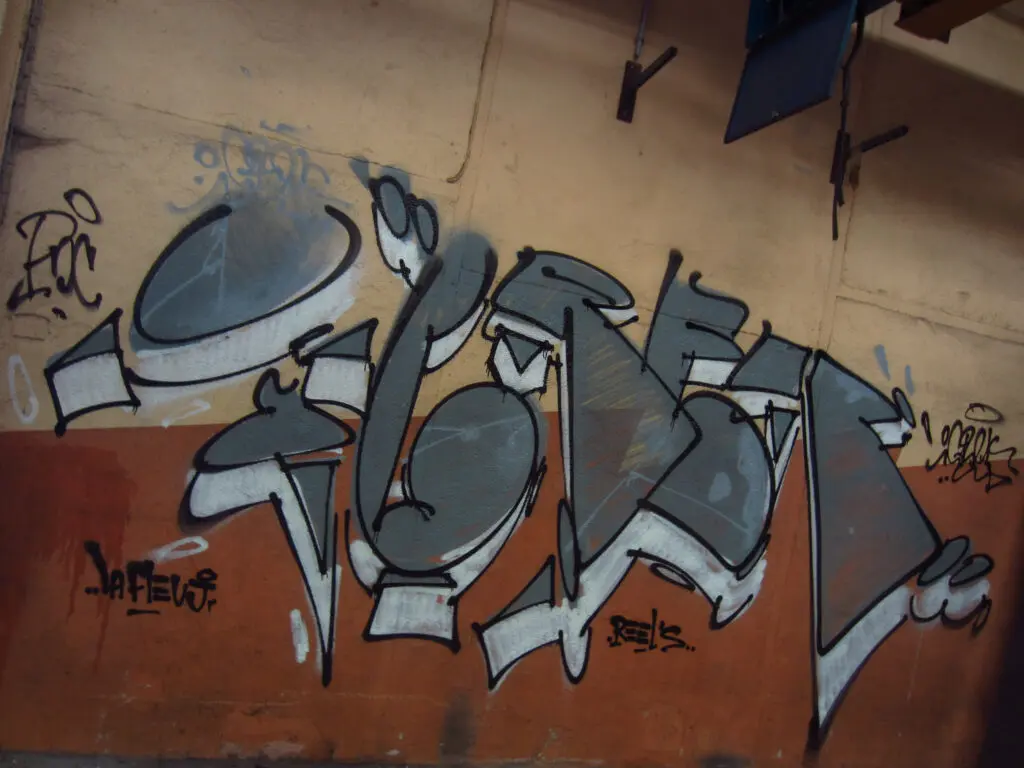
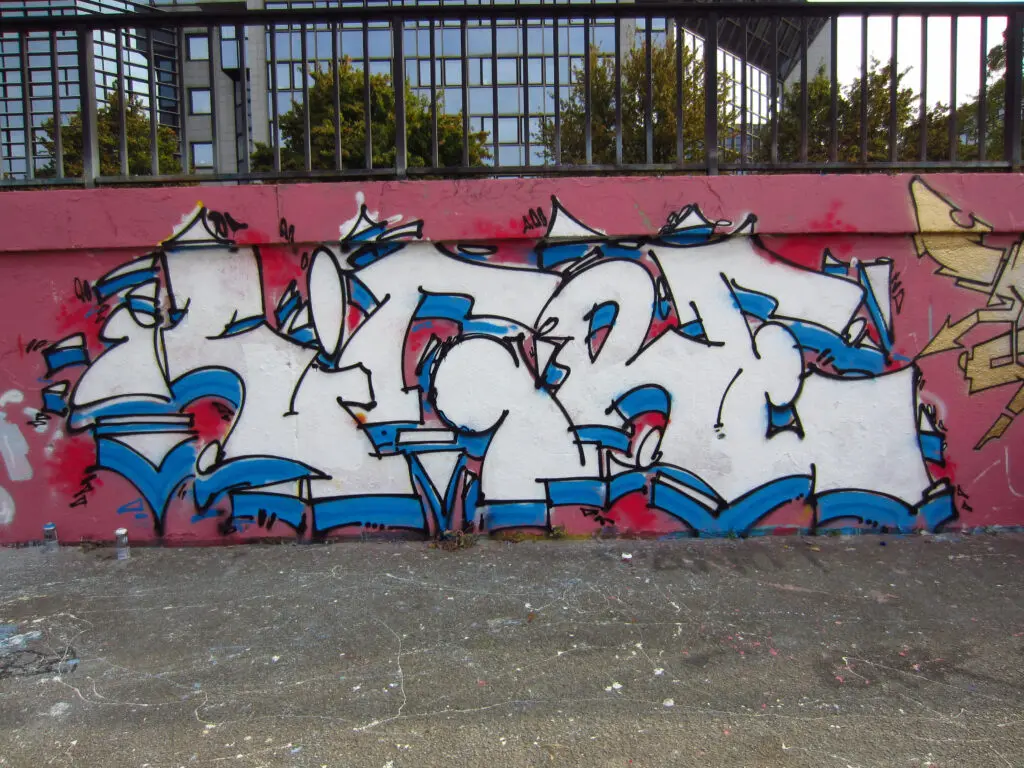
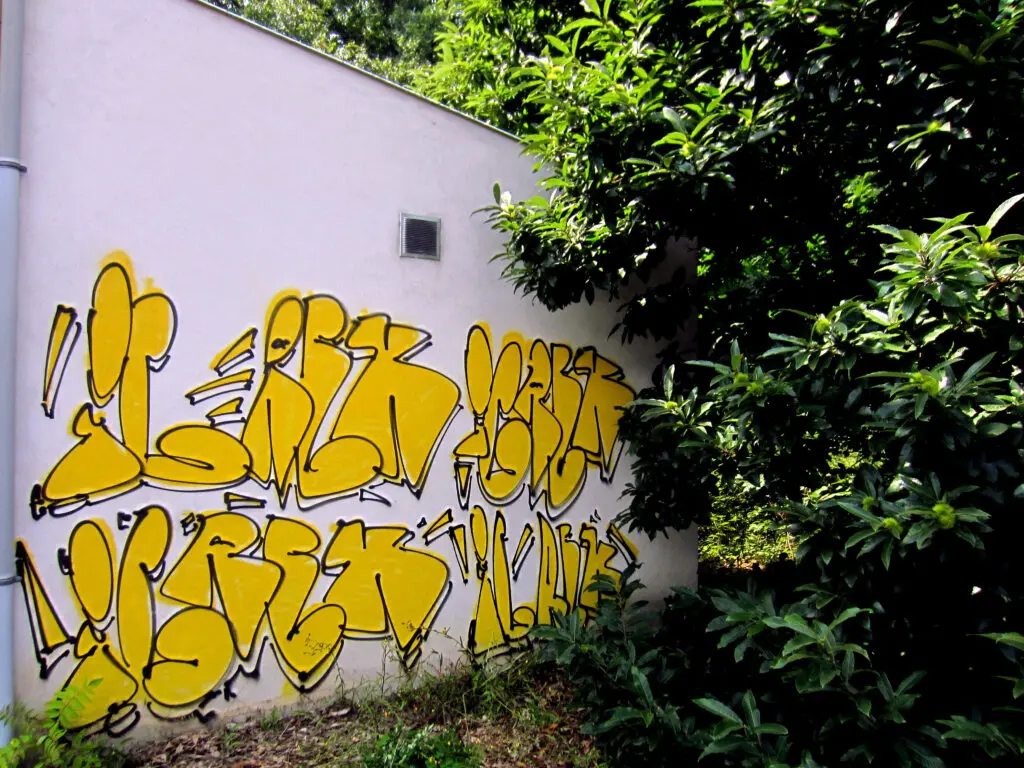
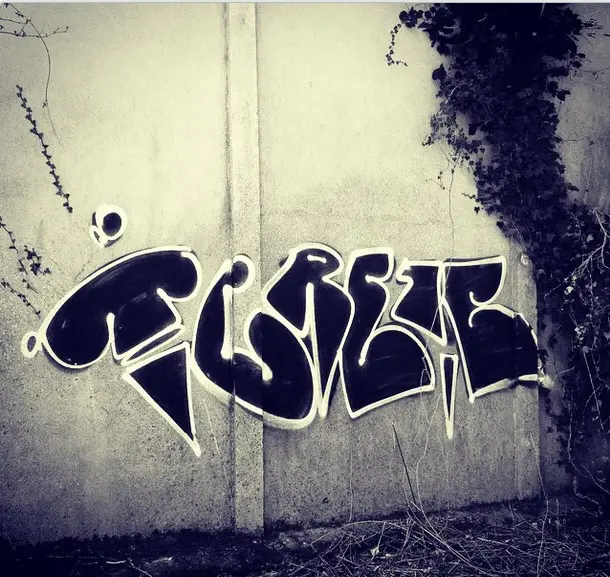
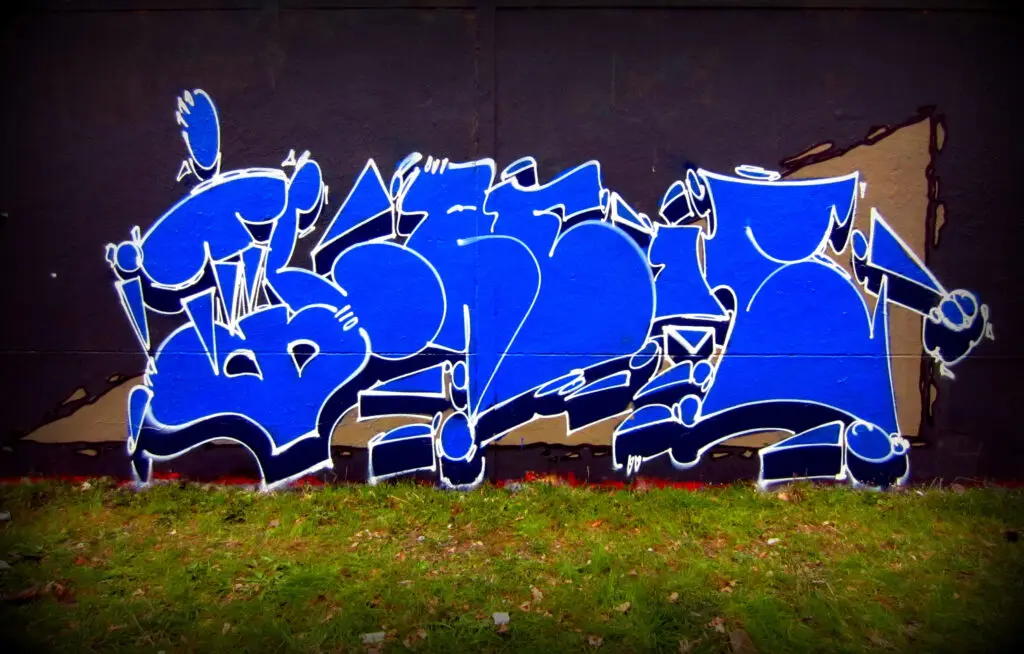
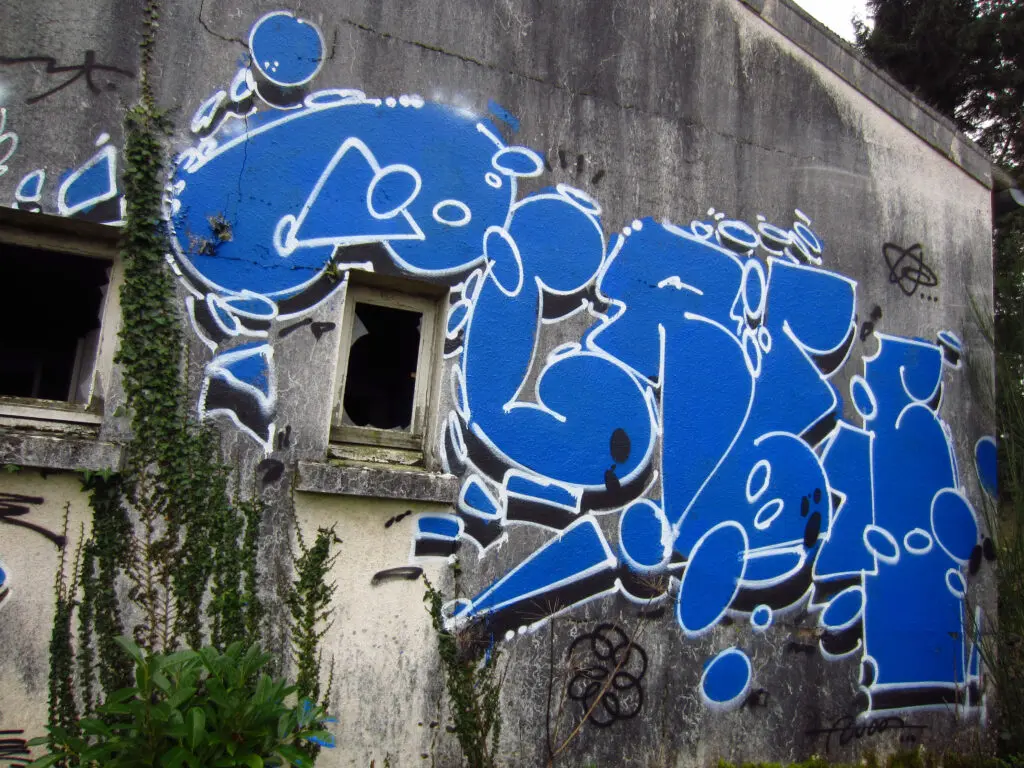
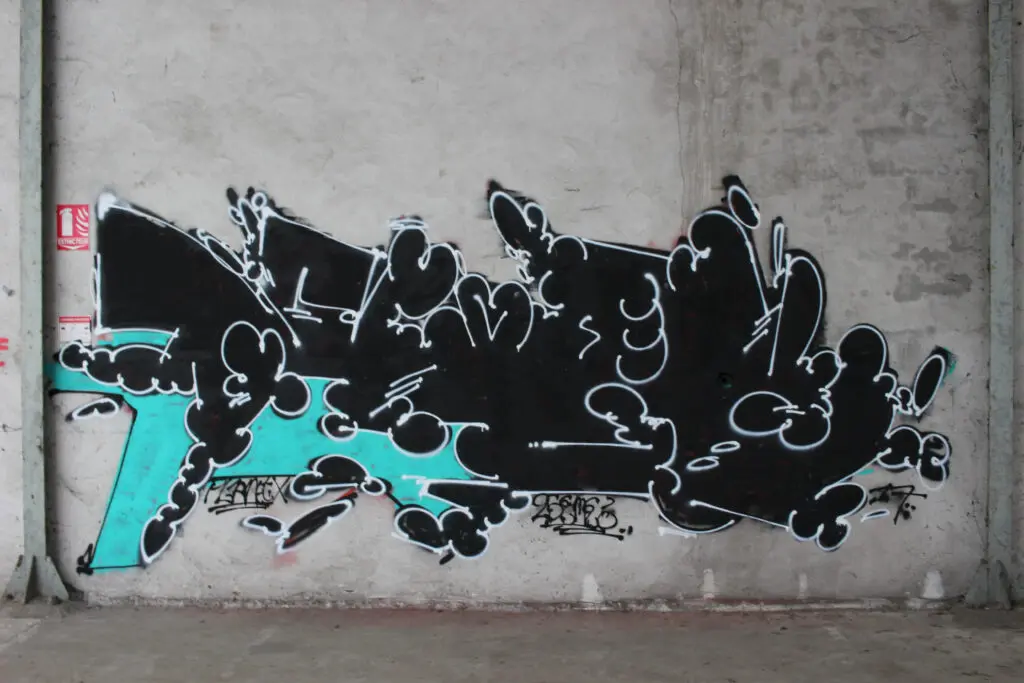
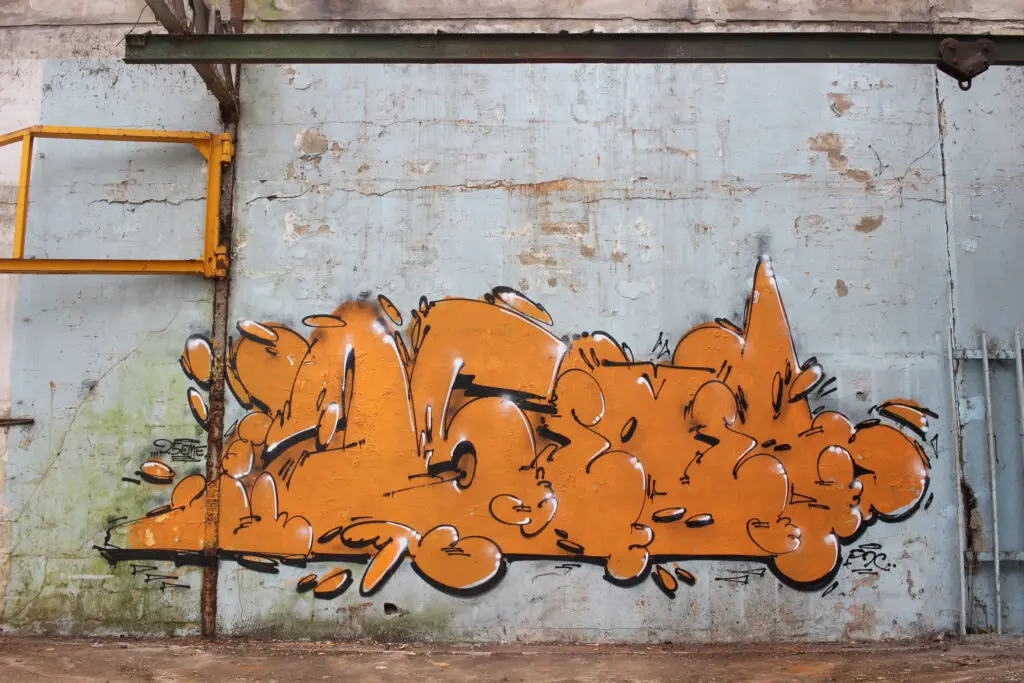
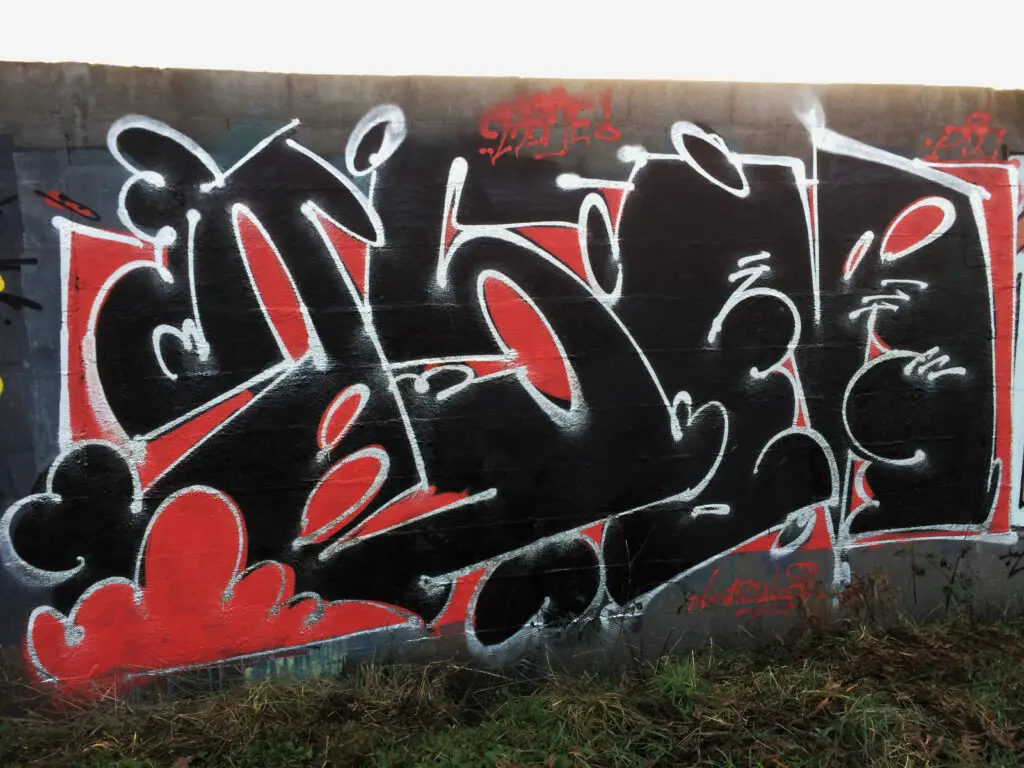
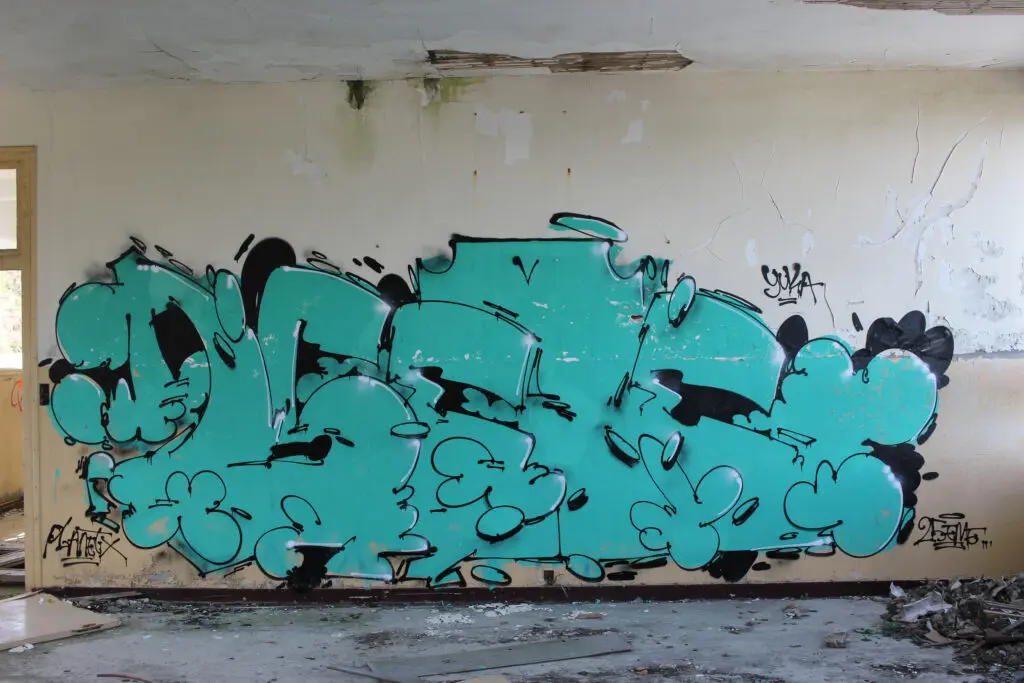
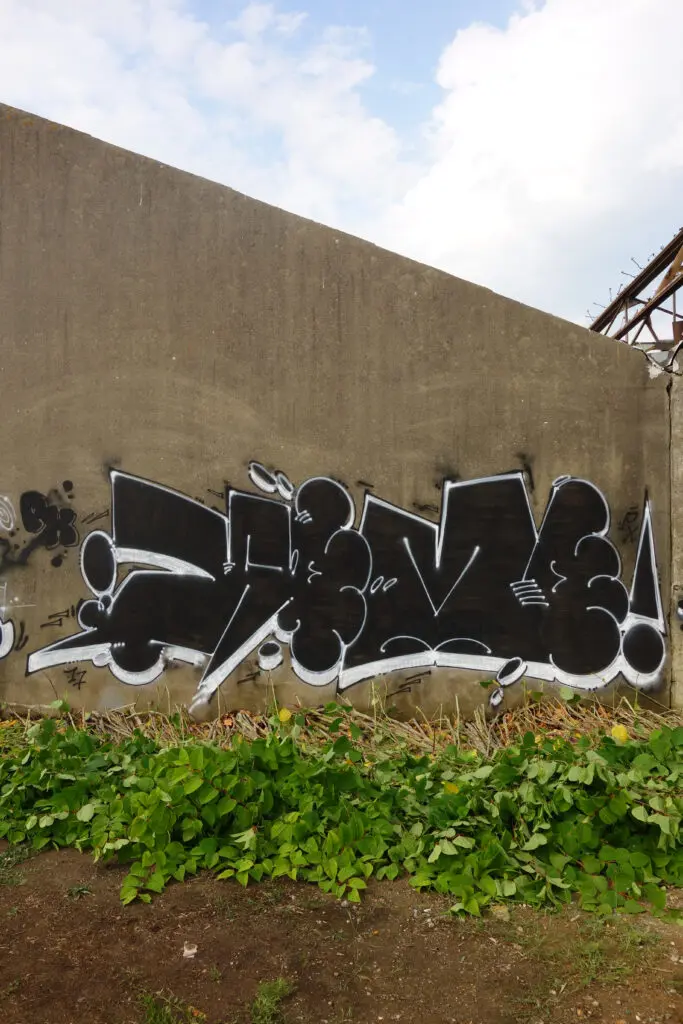
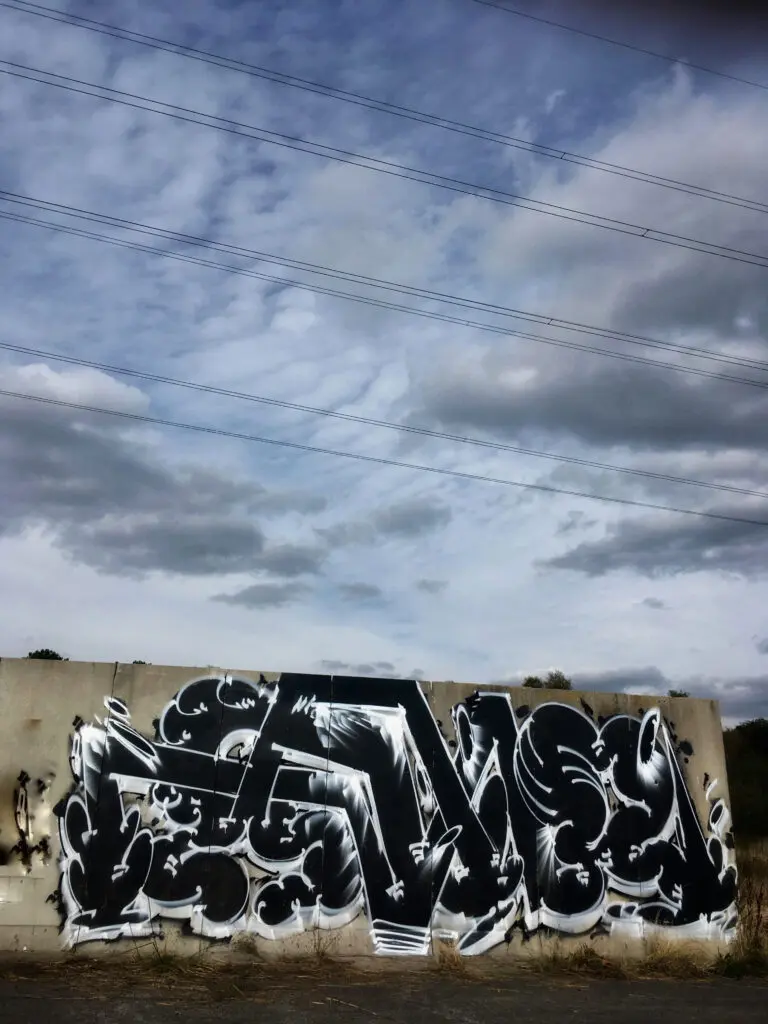
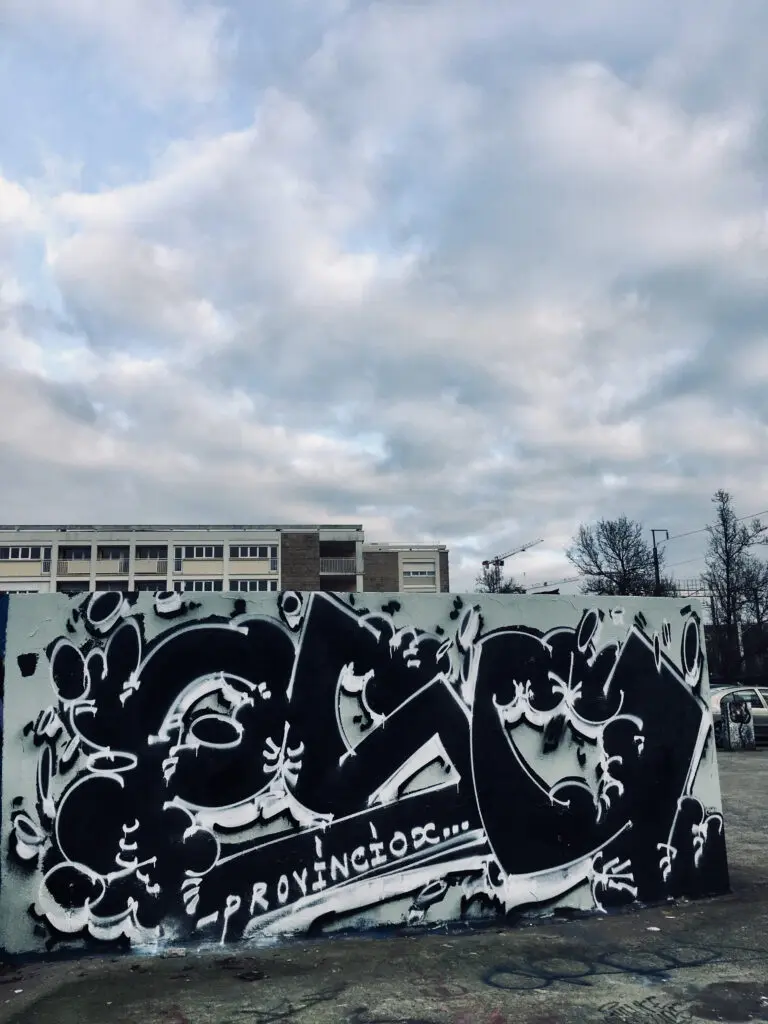
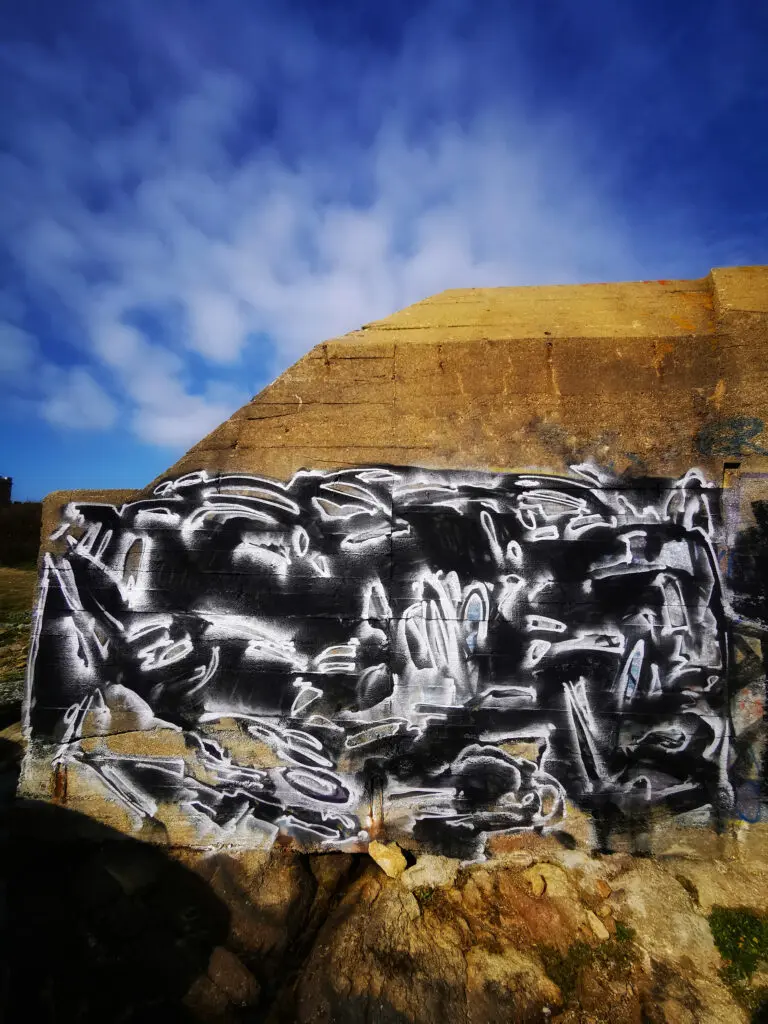
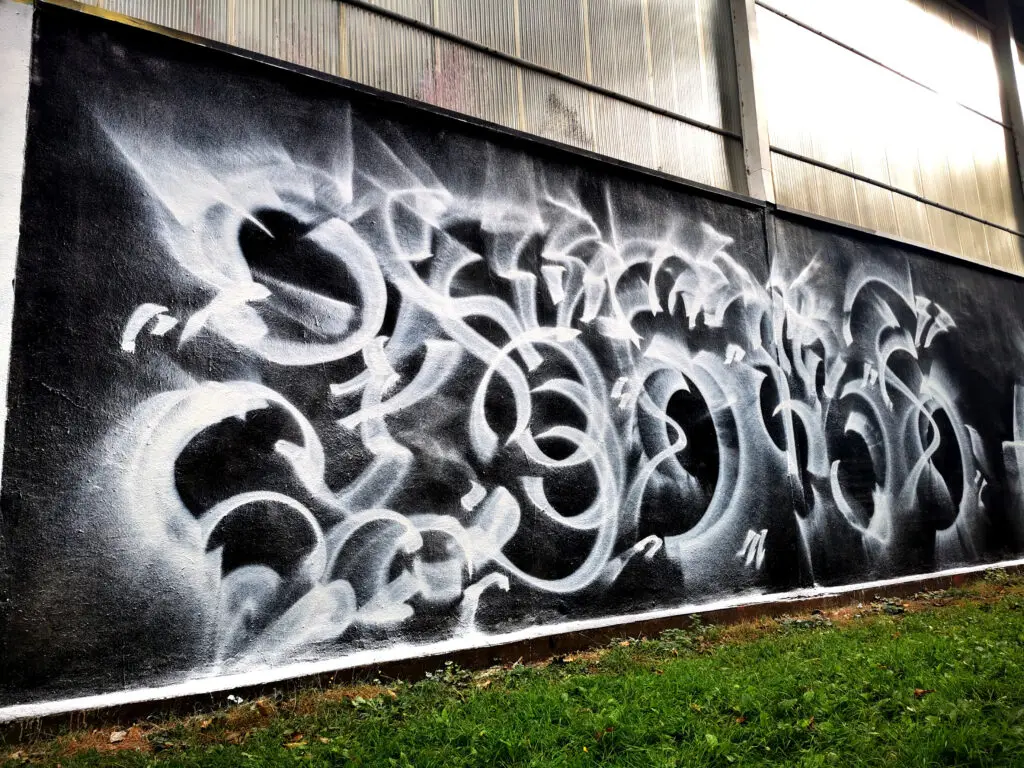
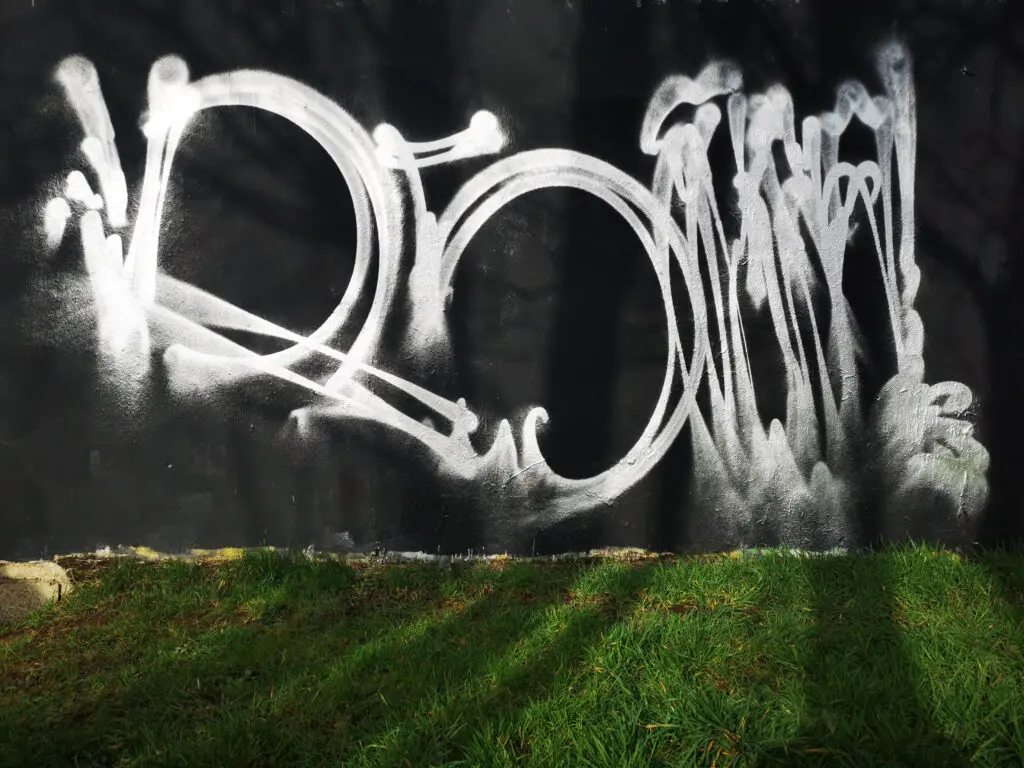
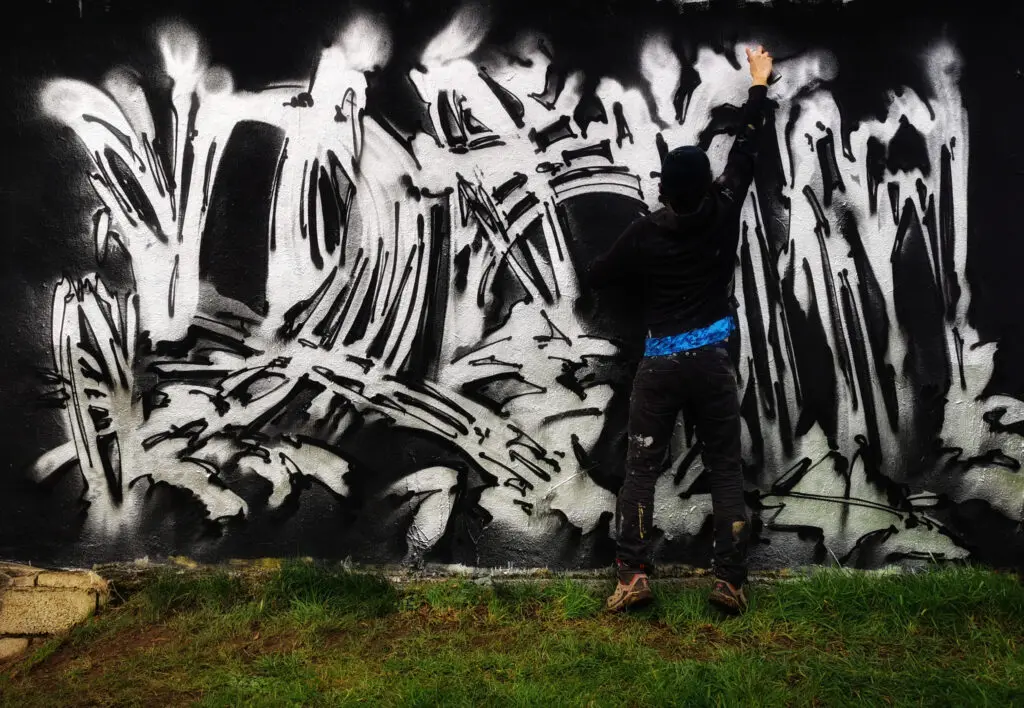
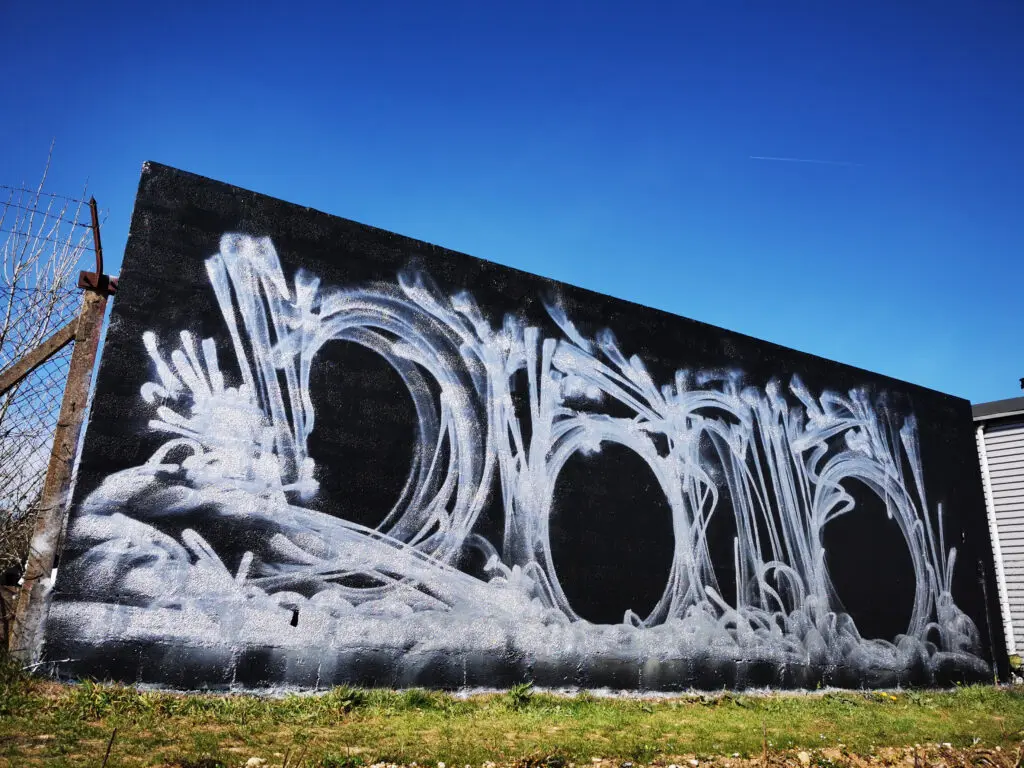
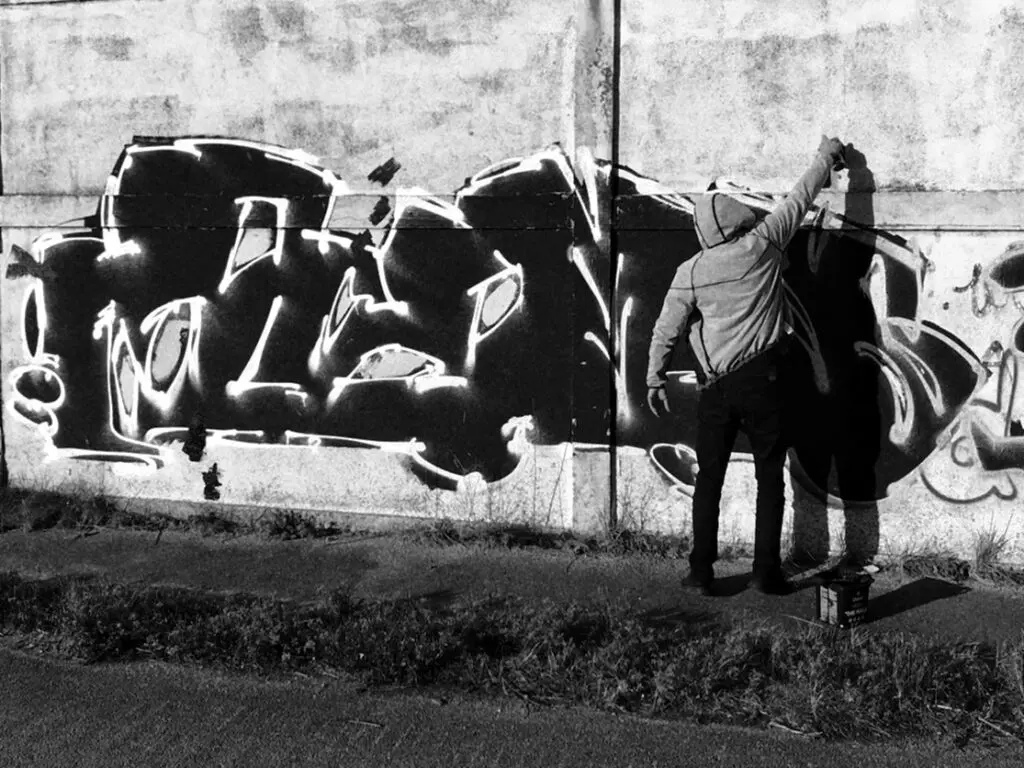
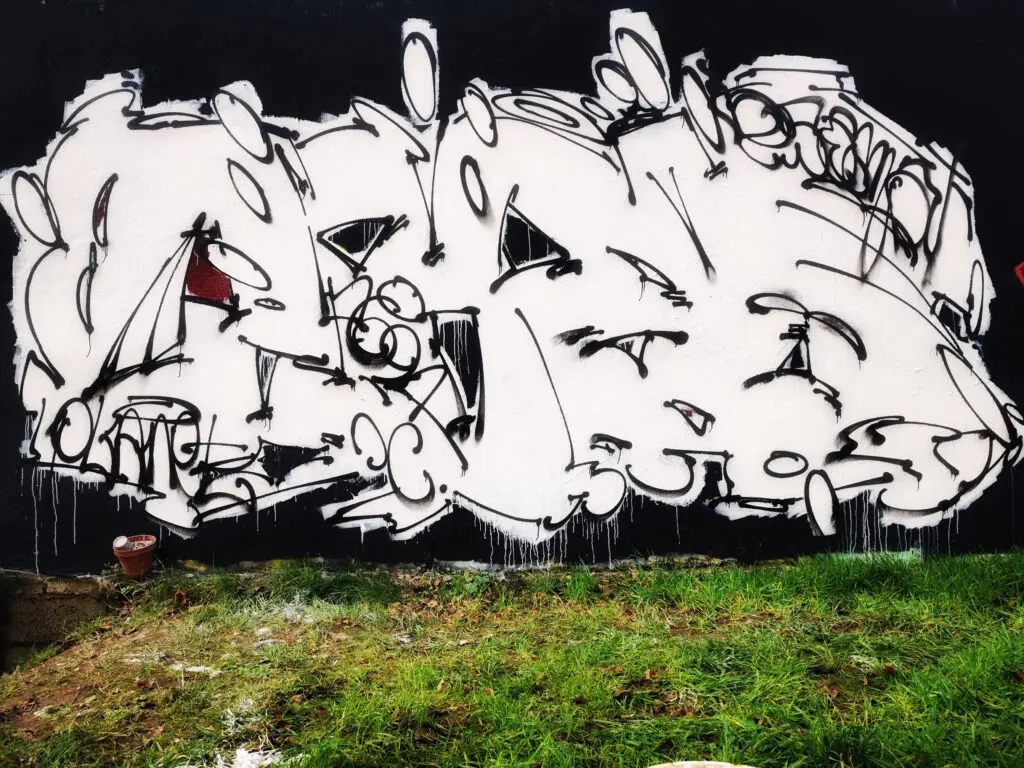
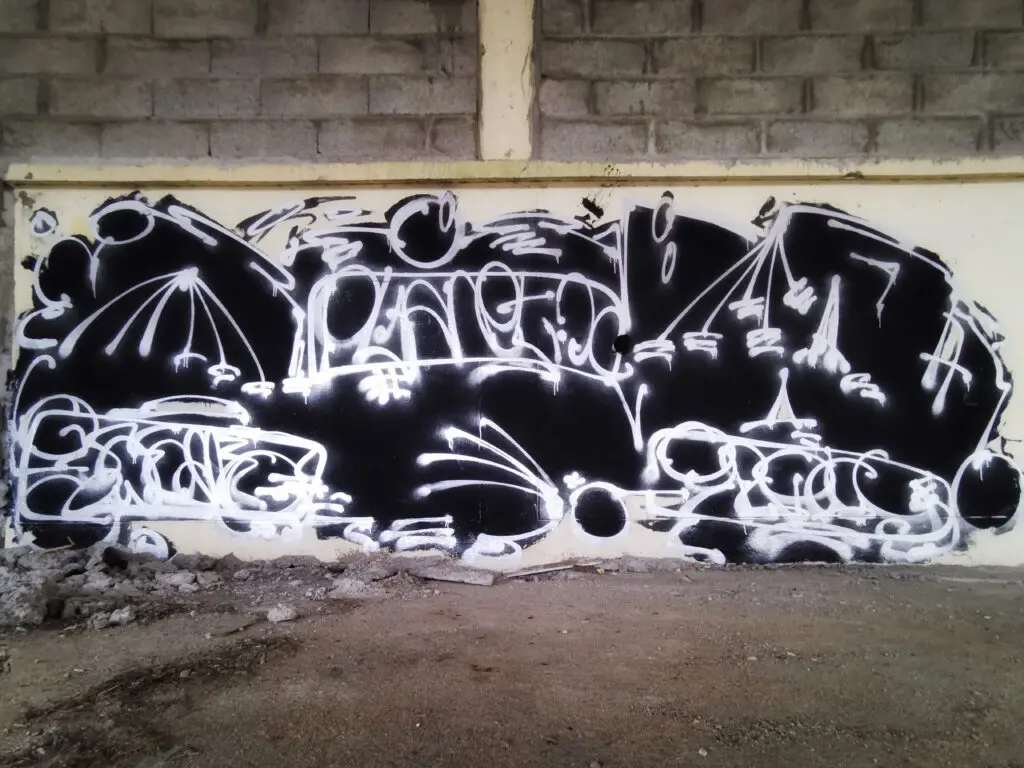
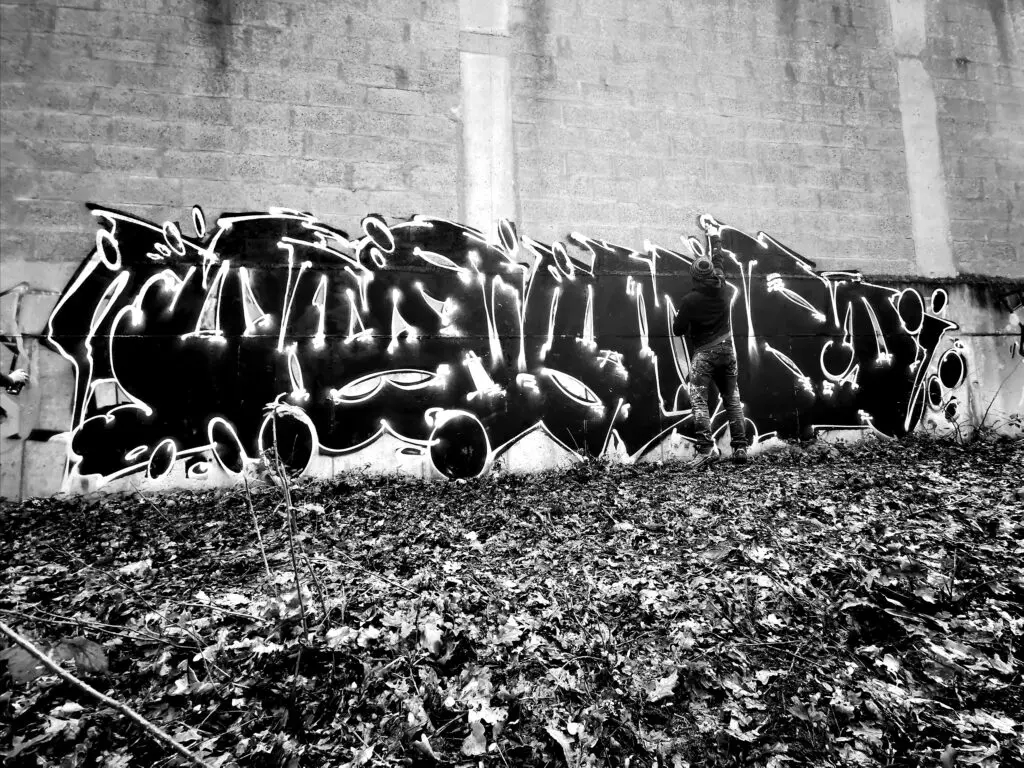
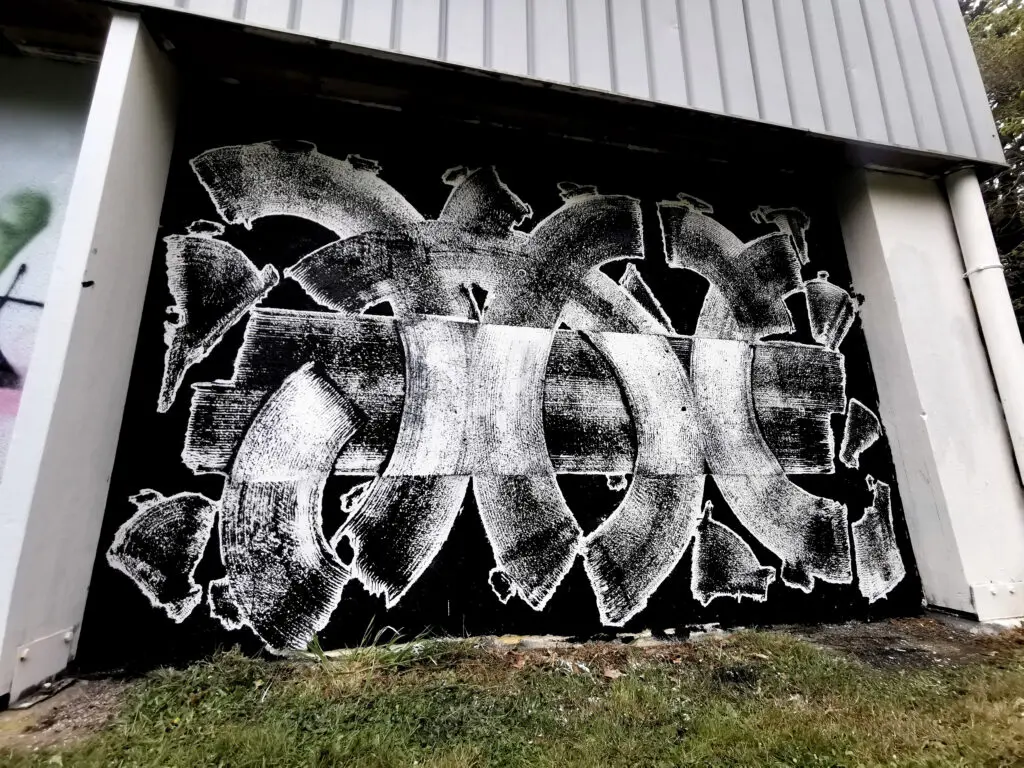
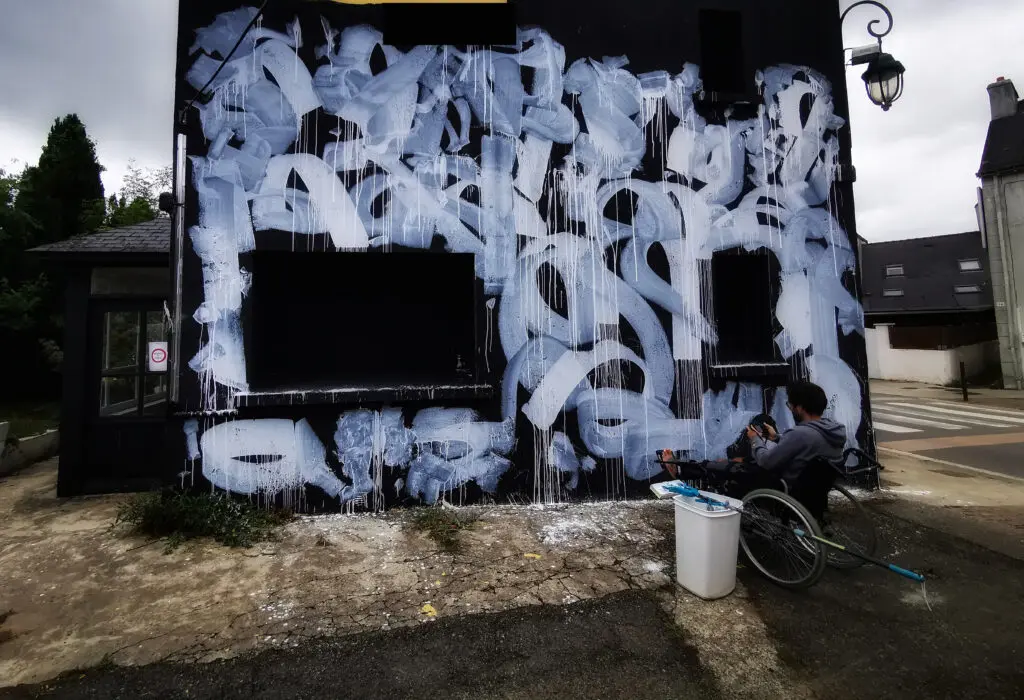
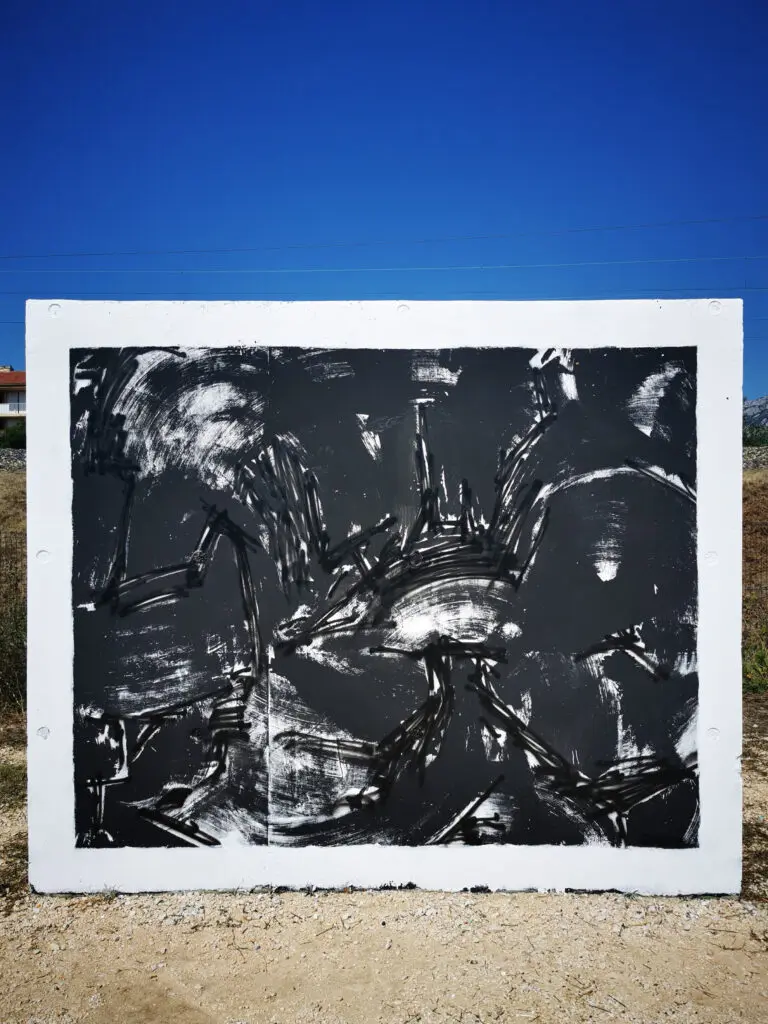
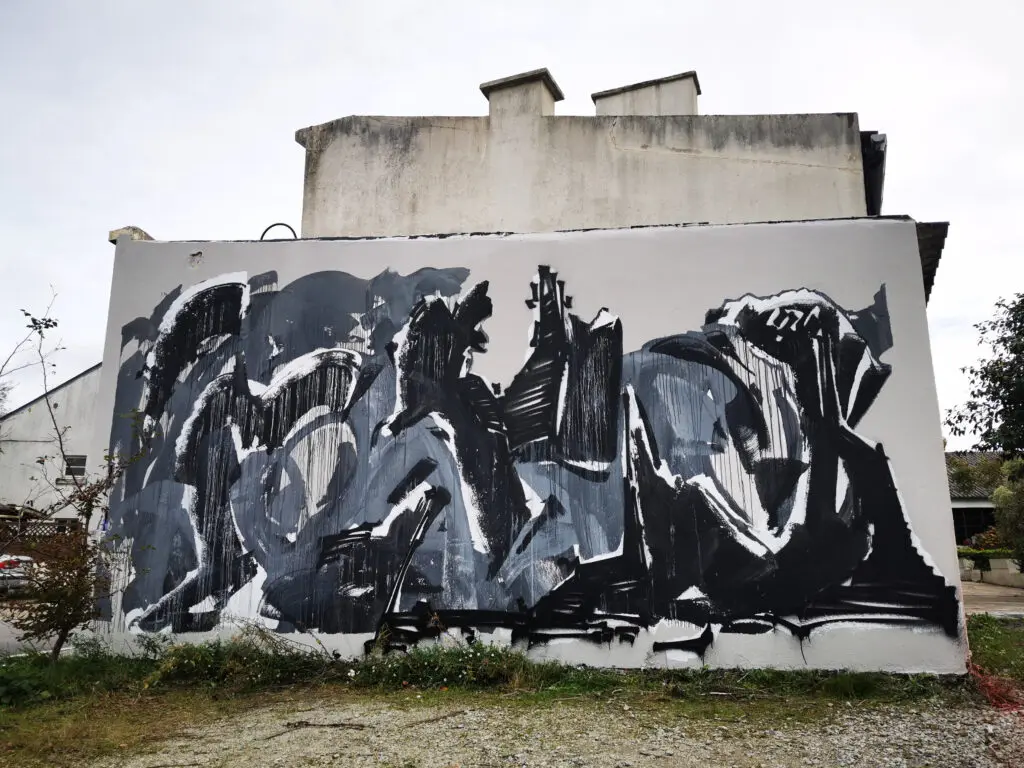
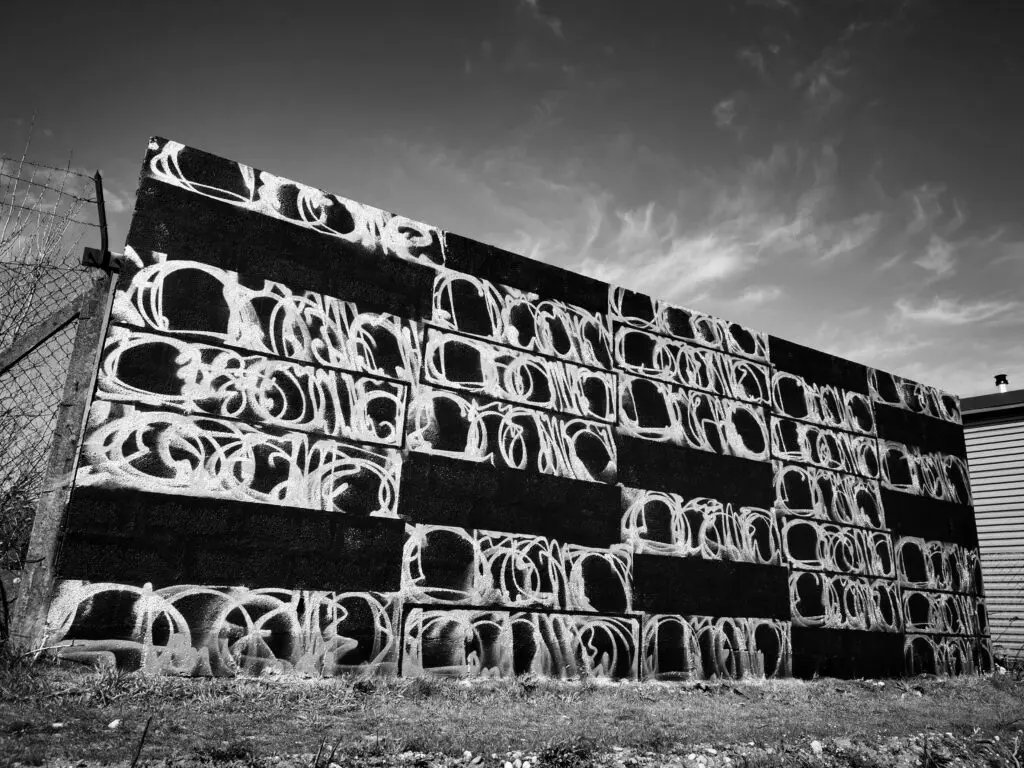
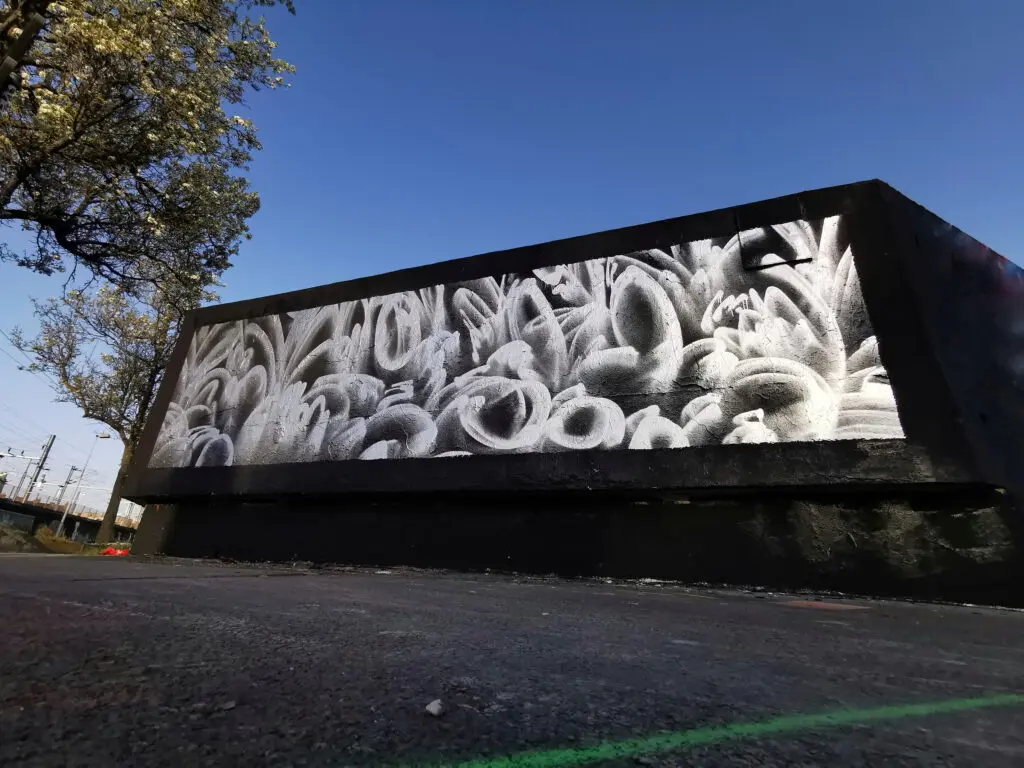
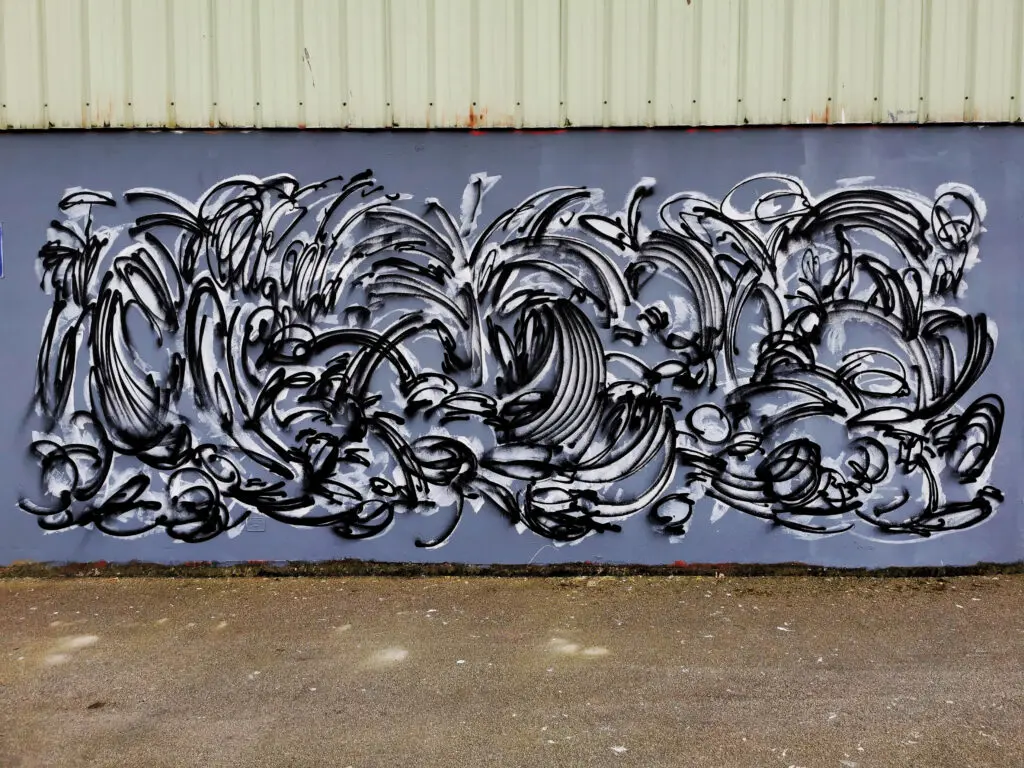
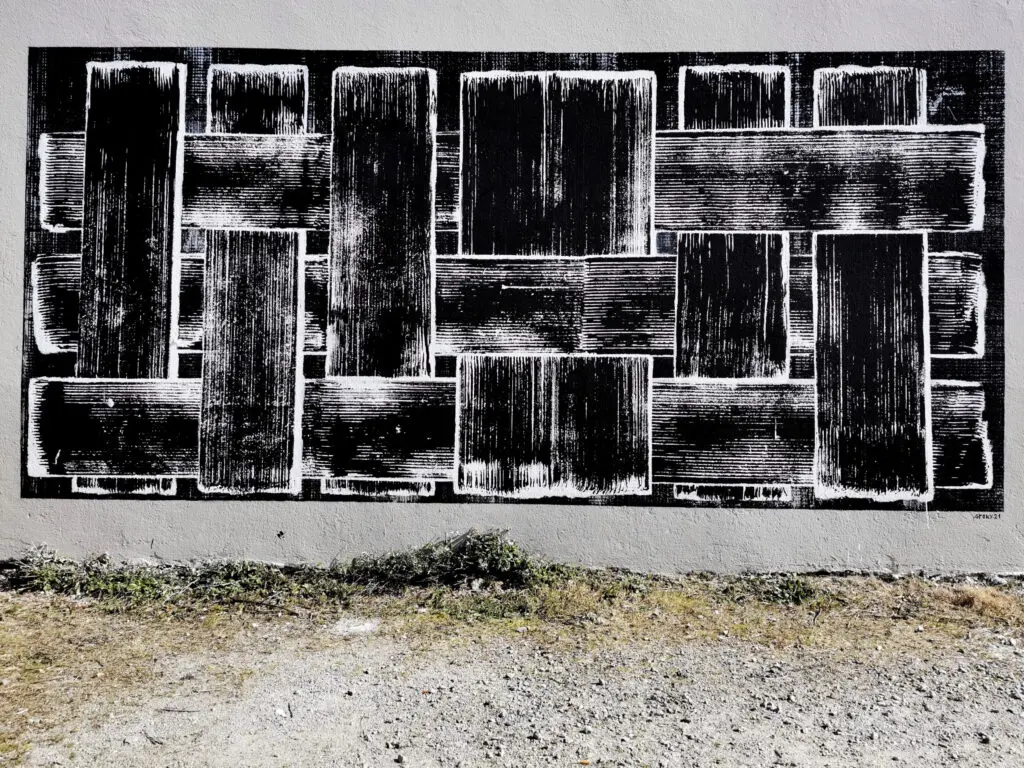
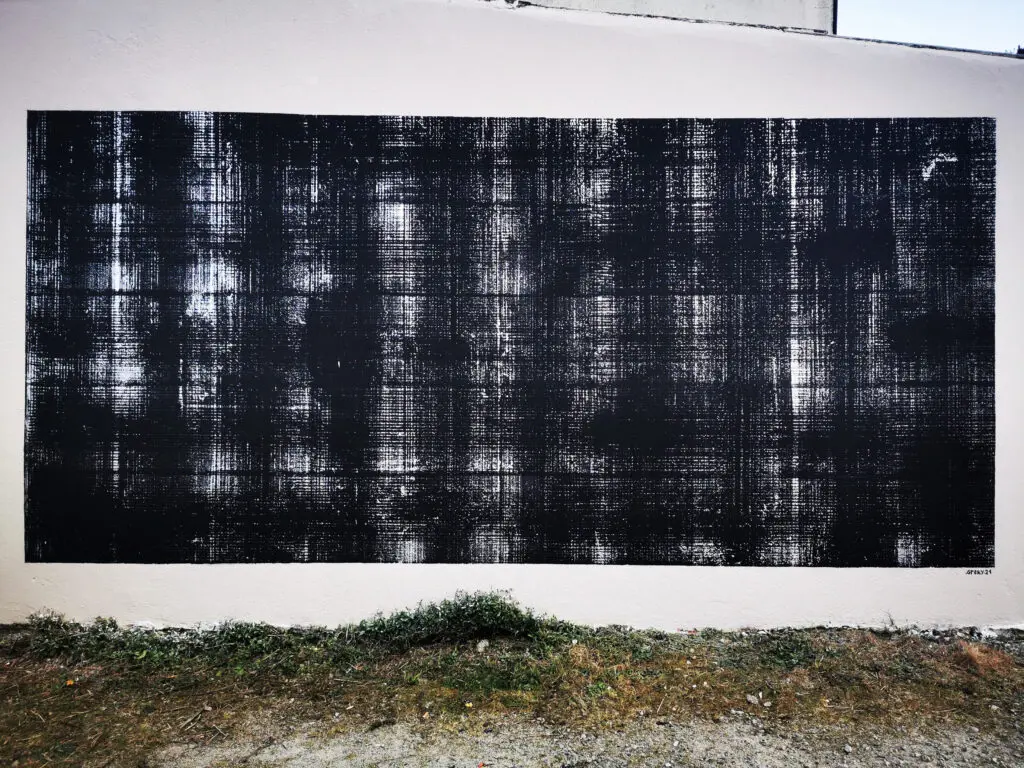
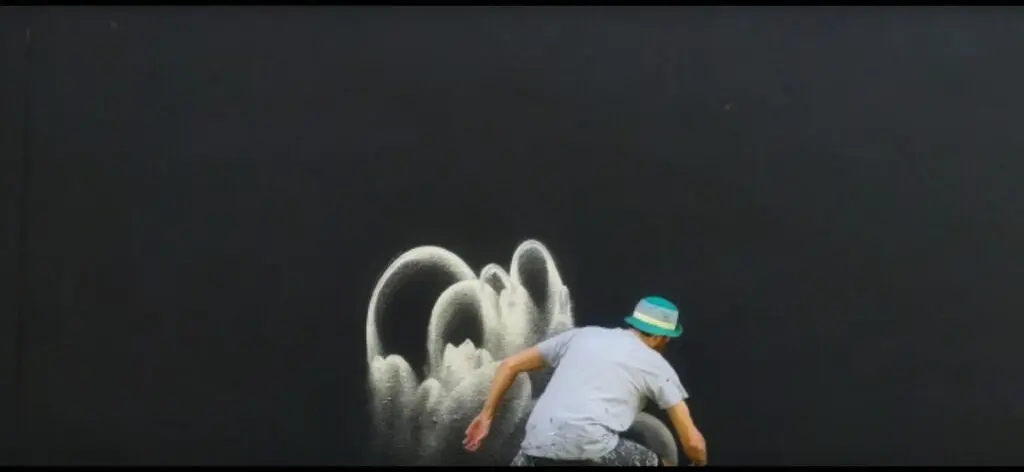
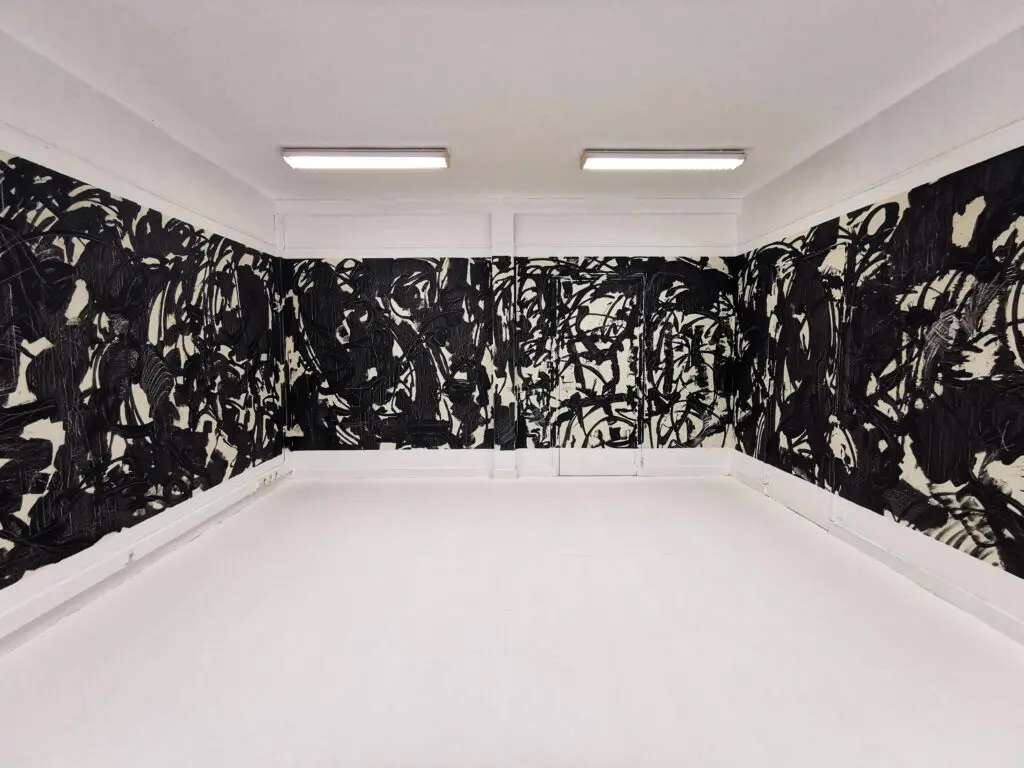
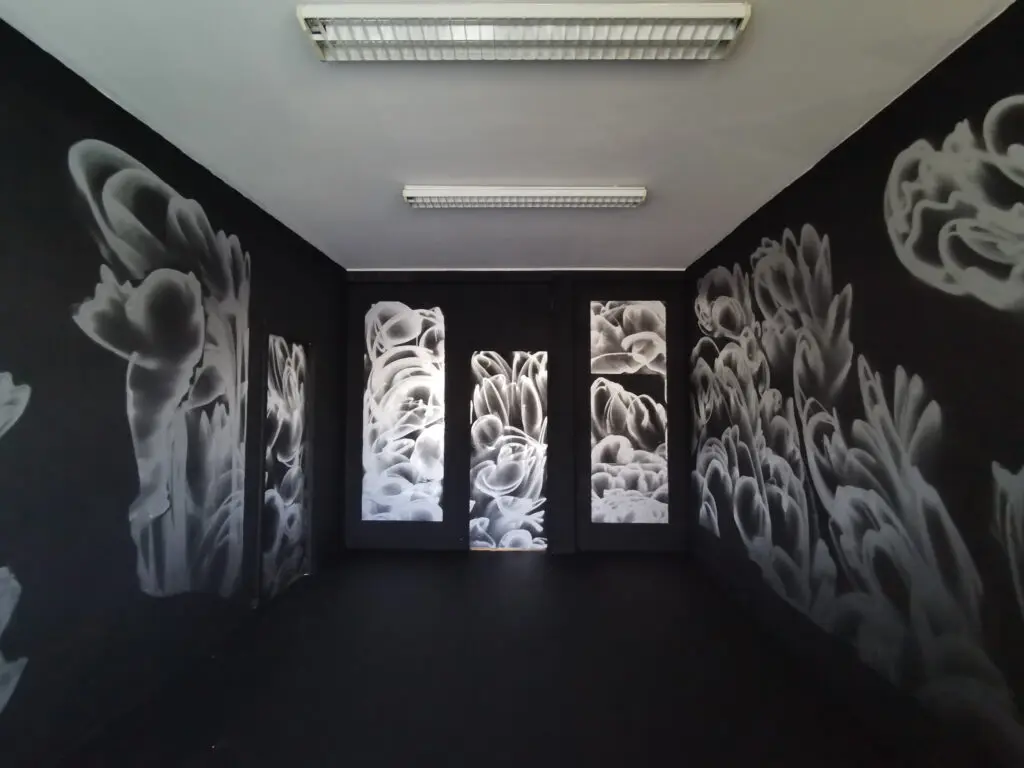
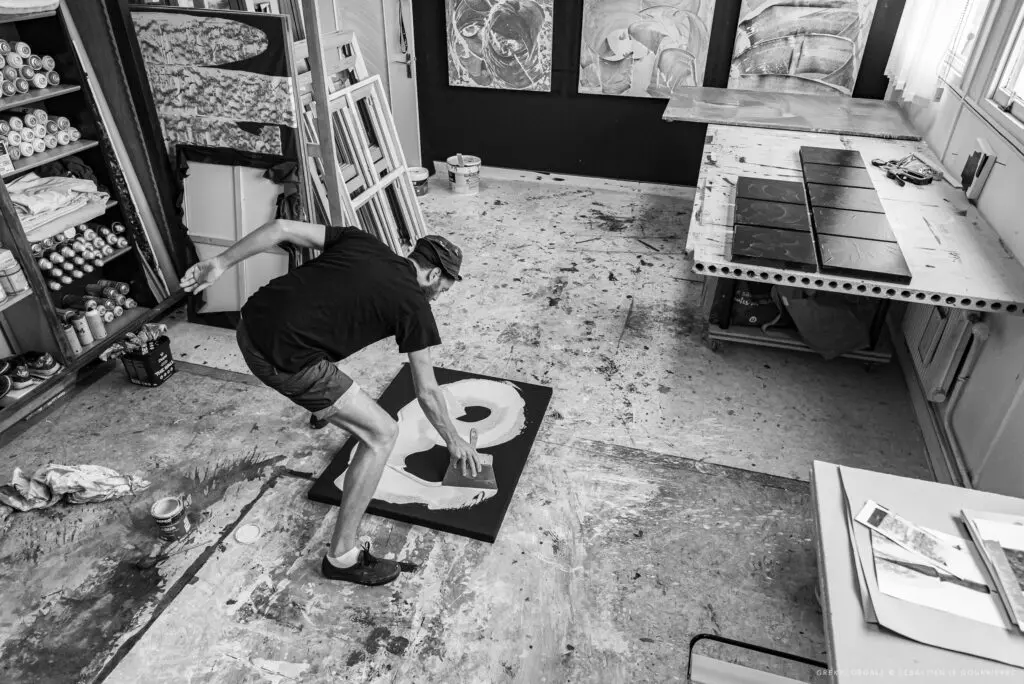
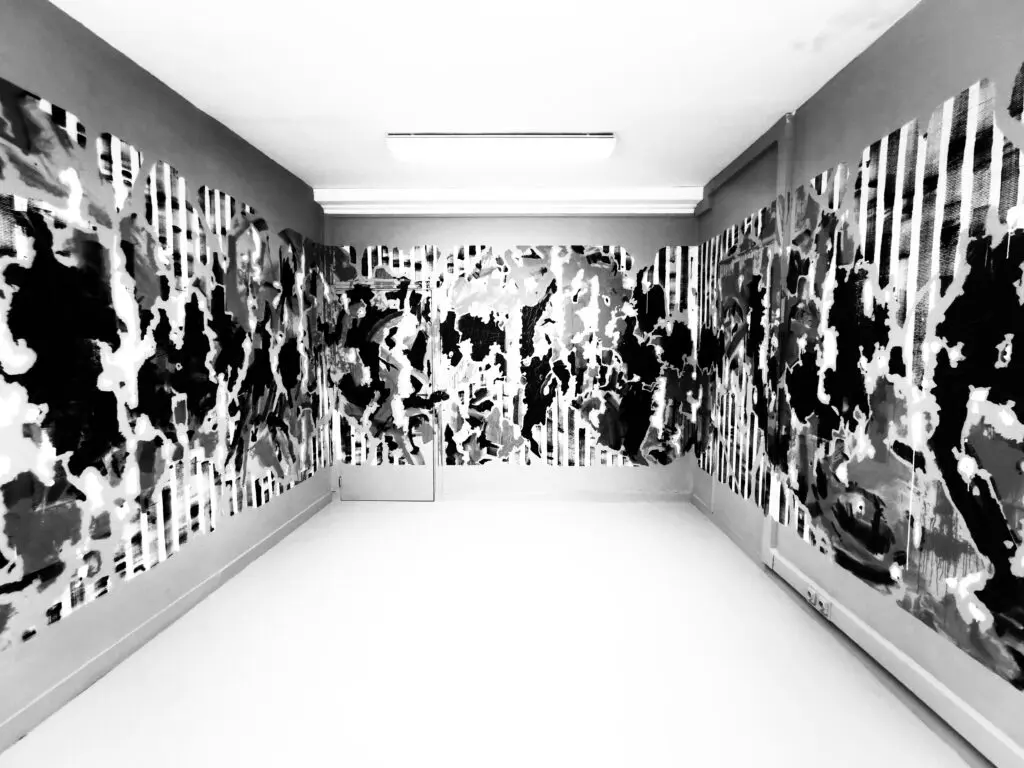
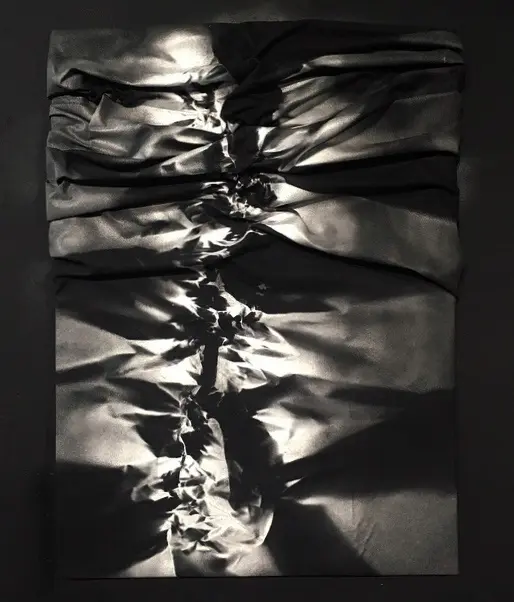
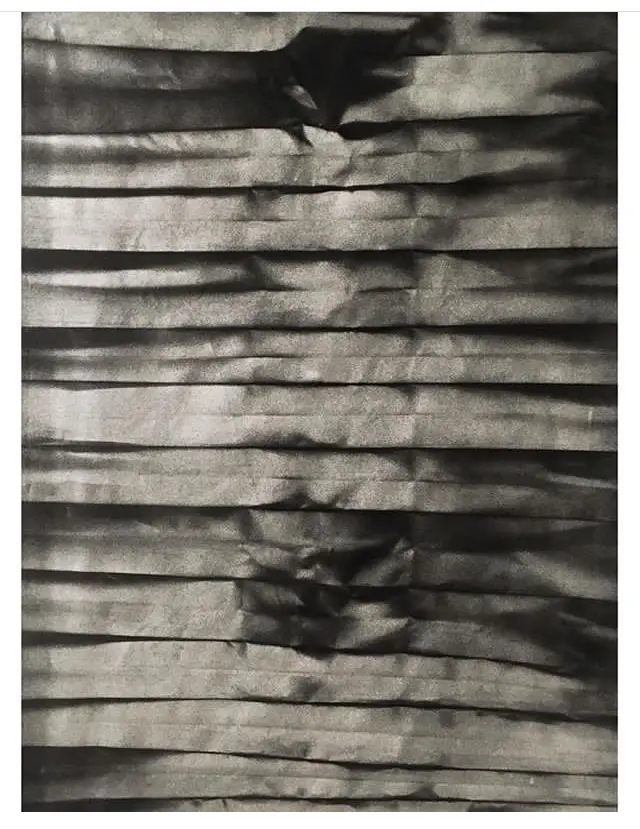
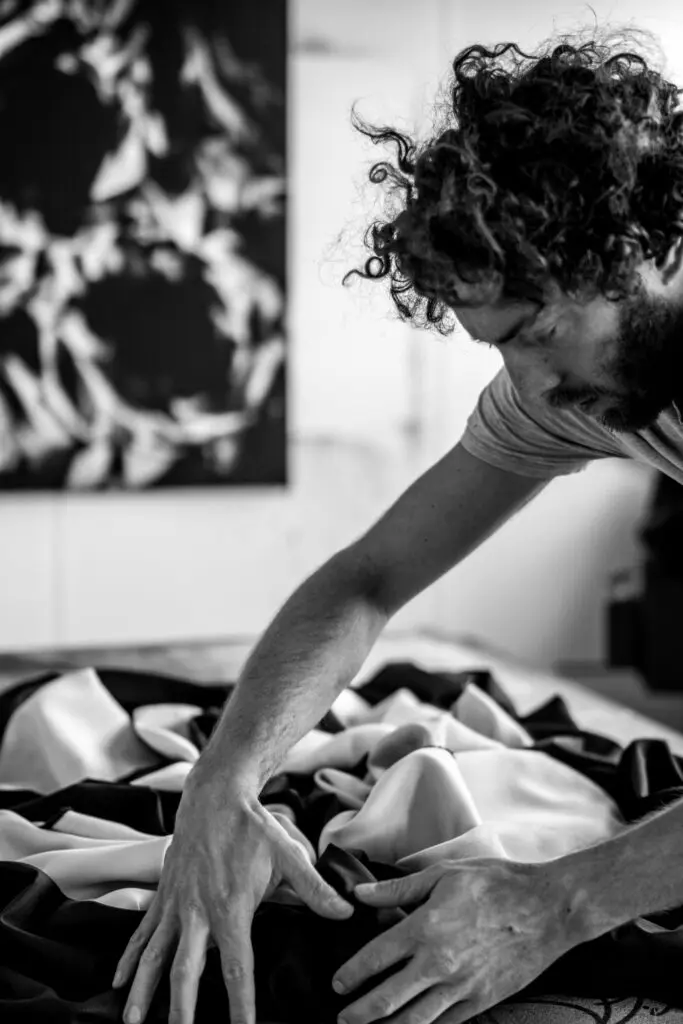
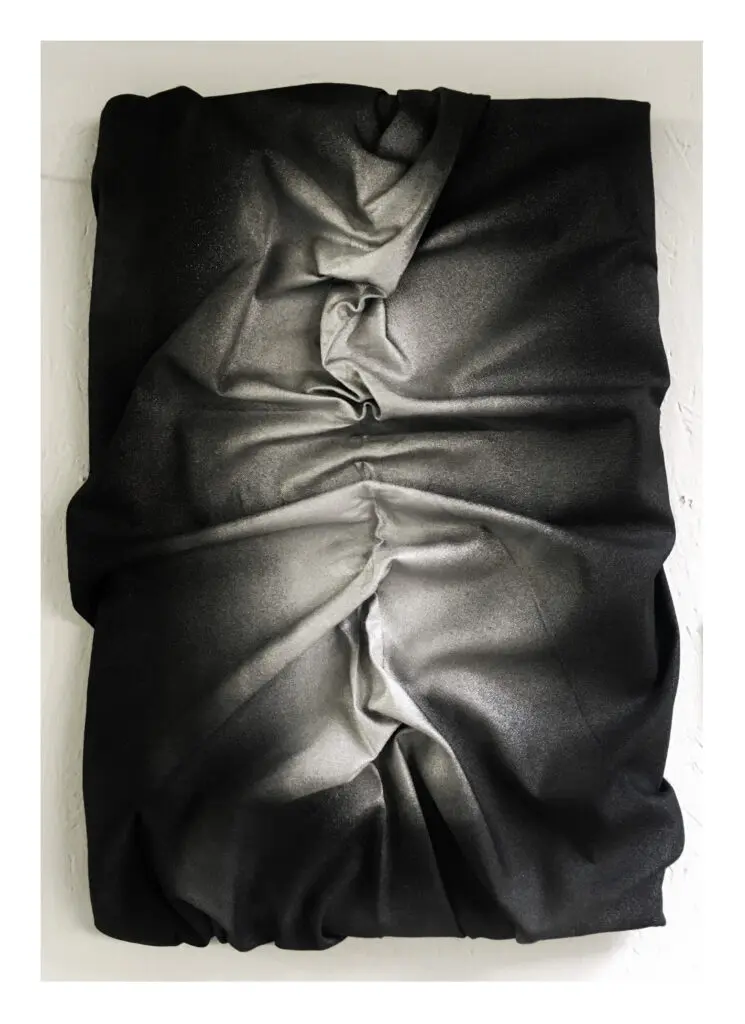
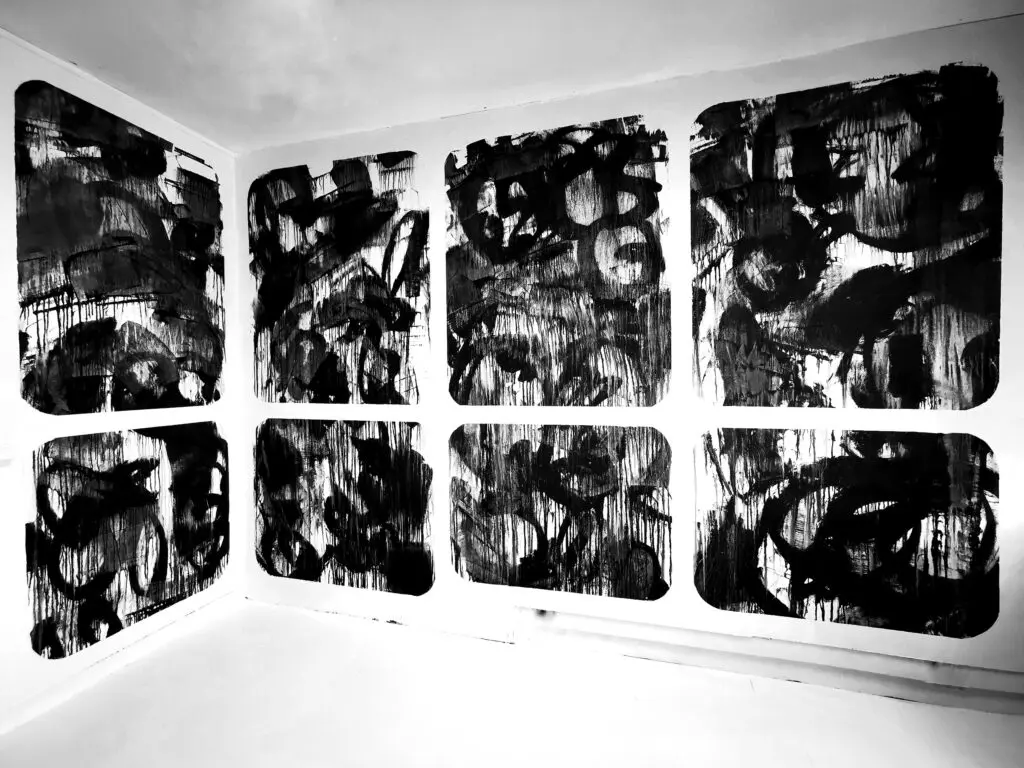
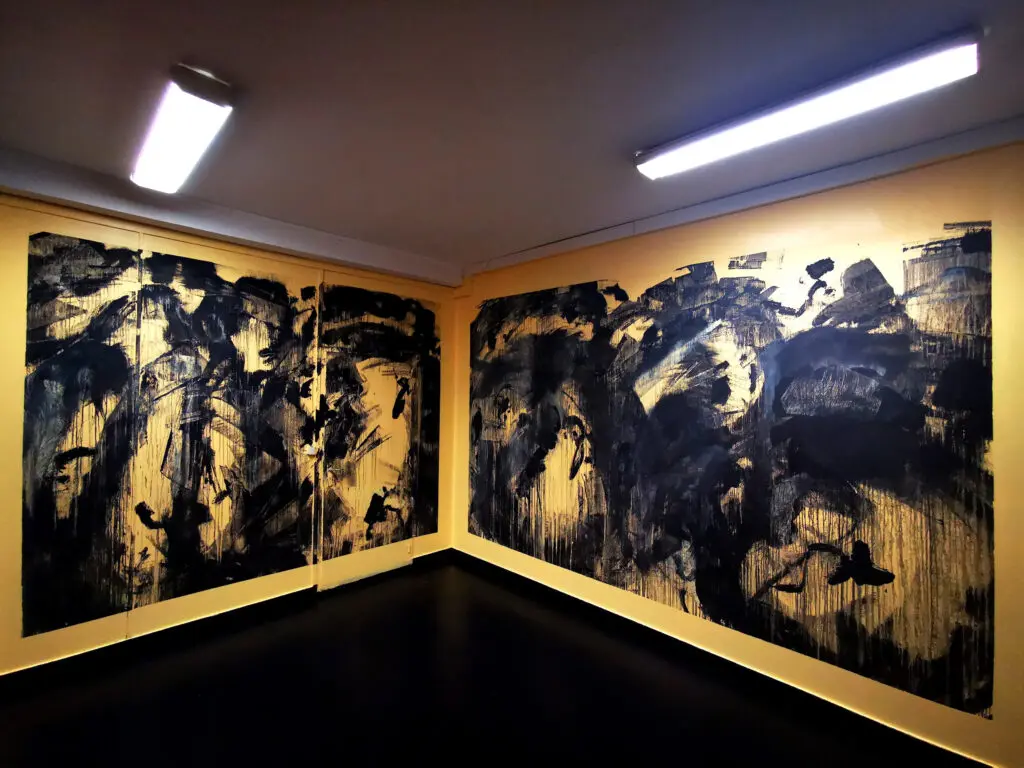
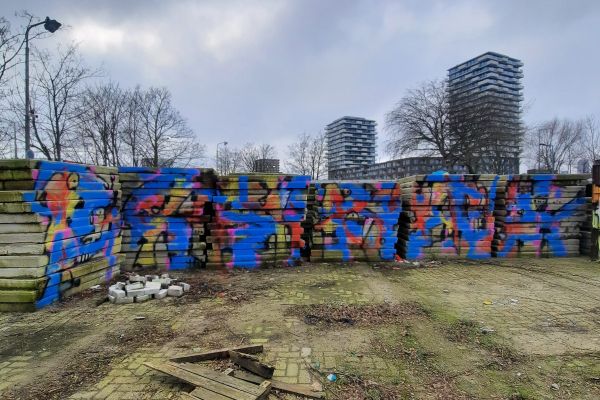
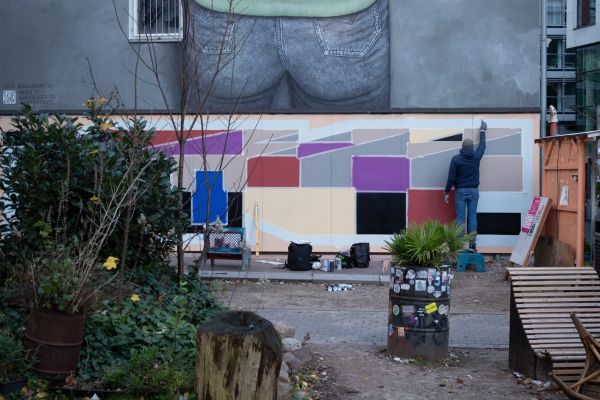
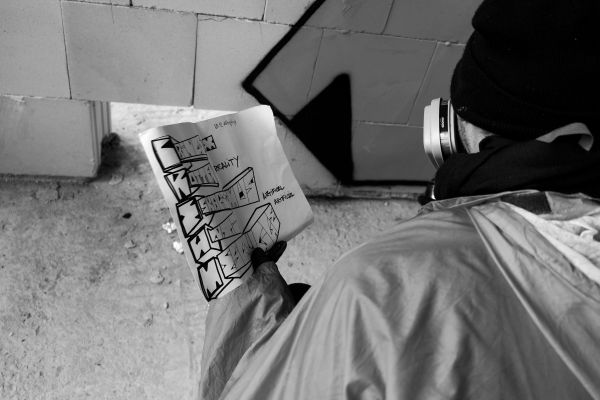
Leave a Reply